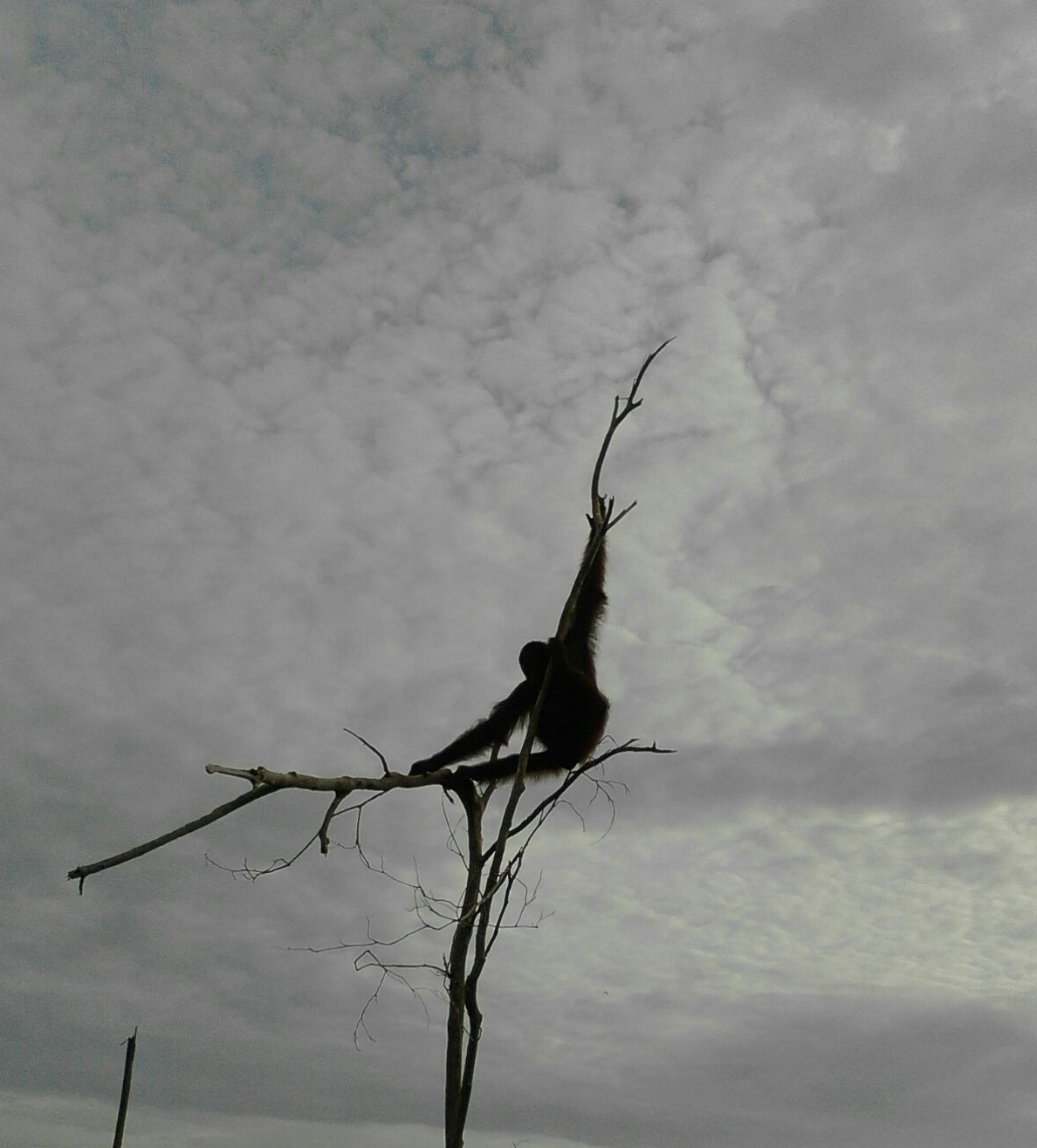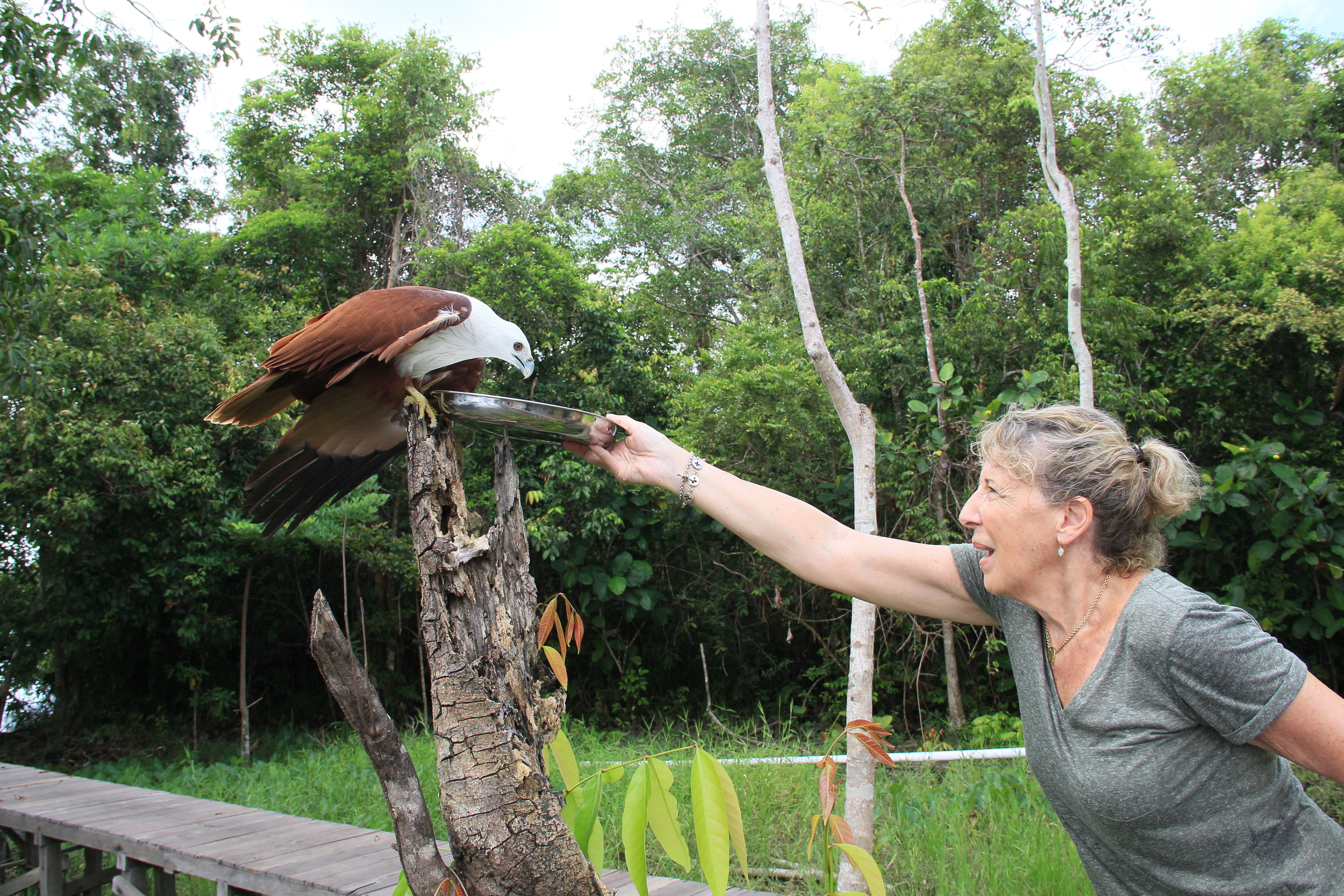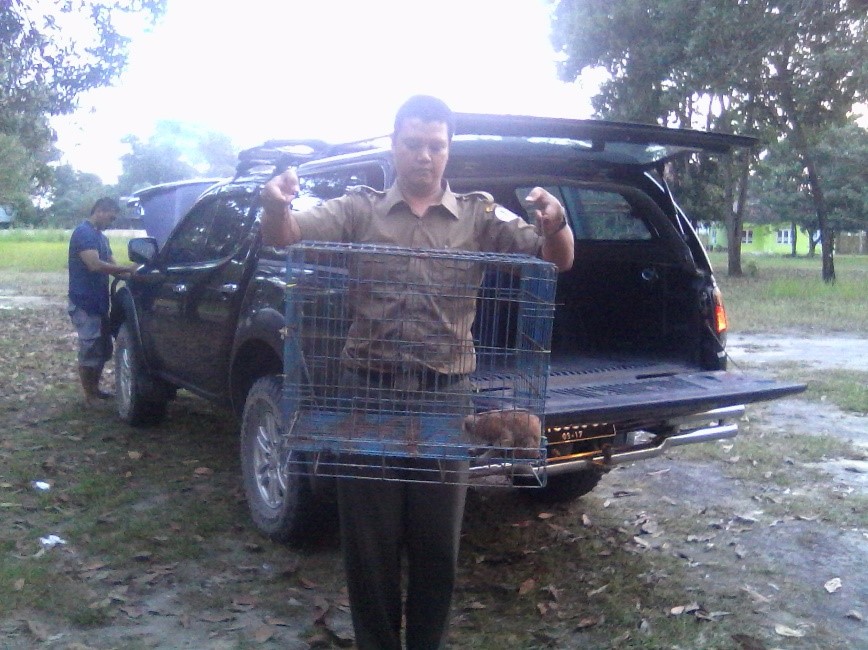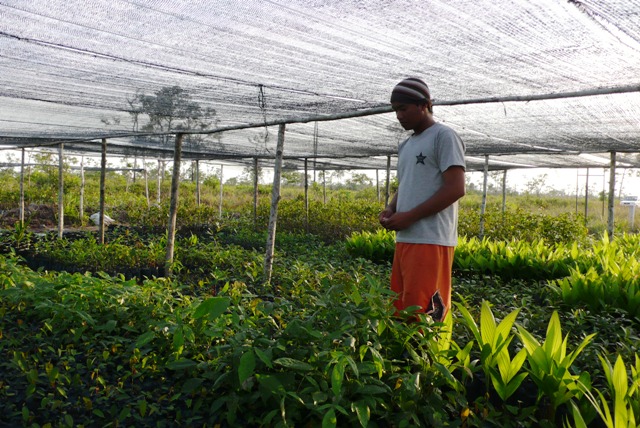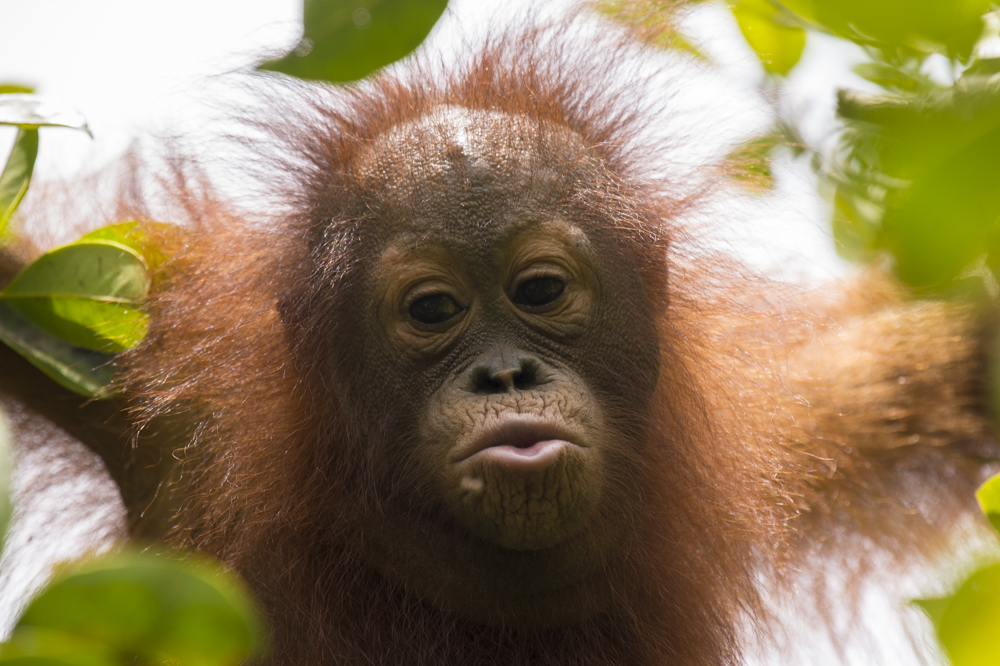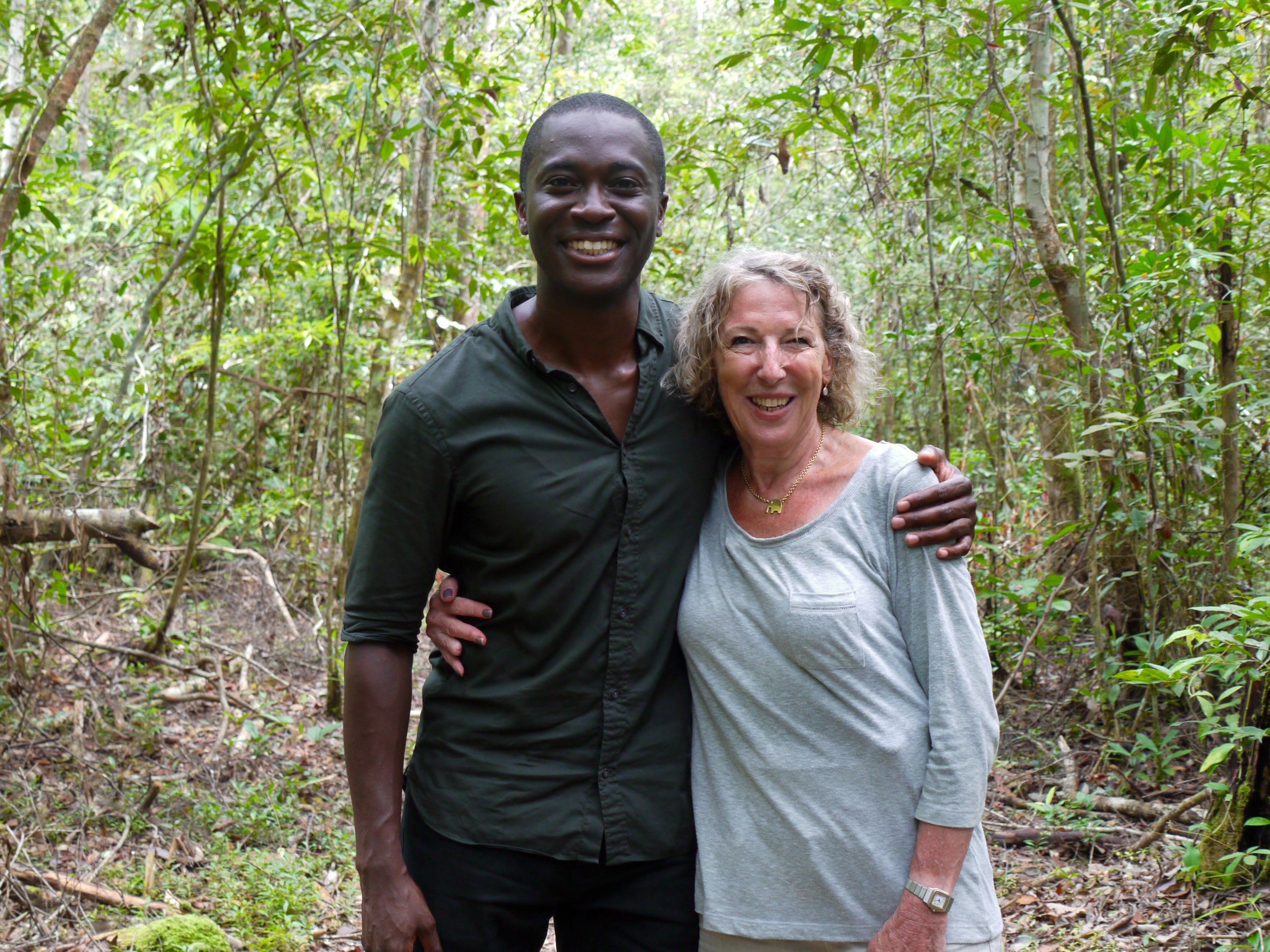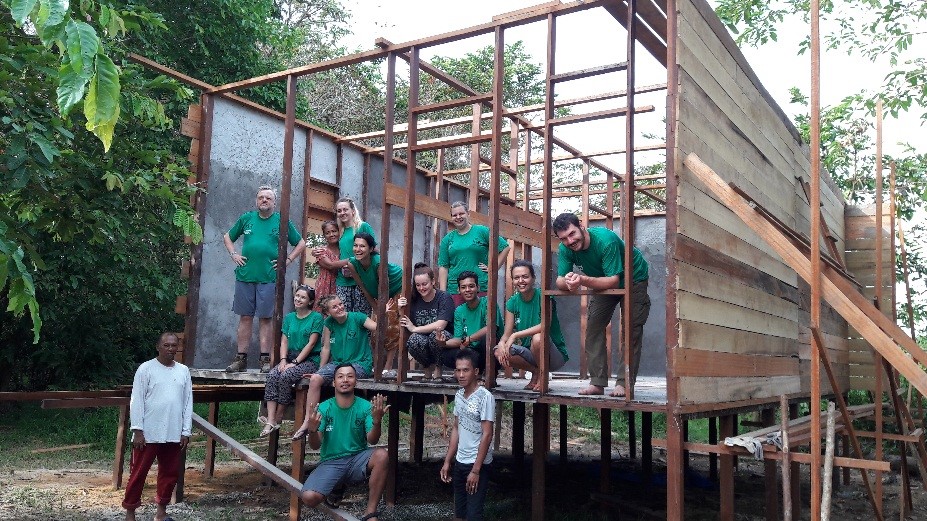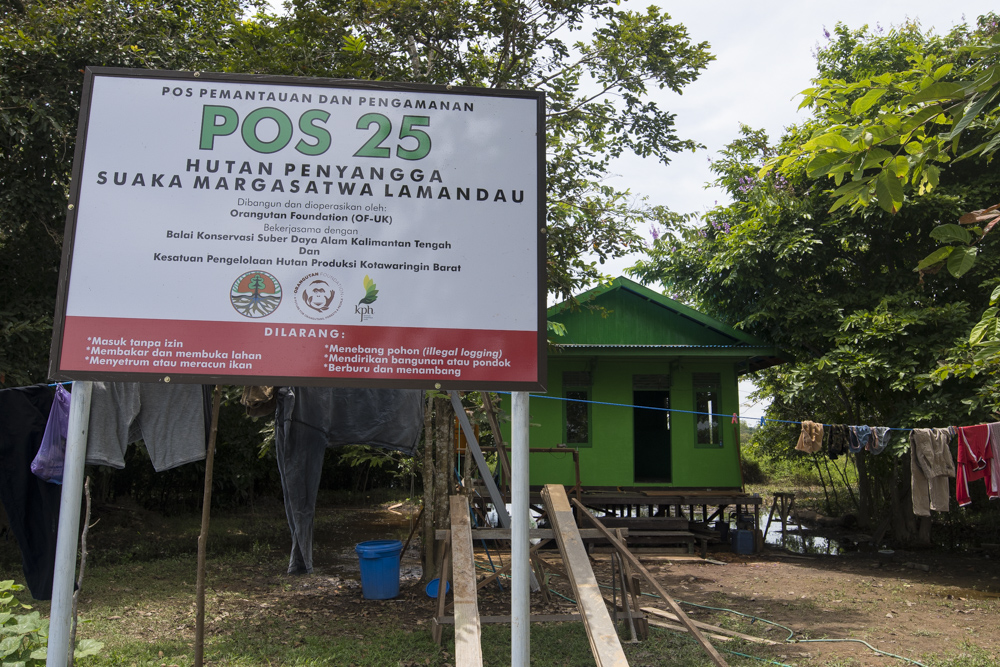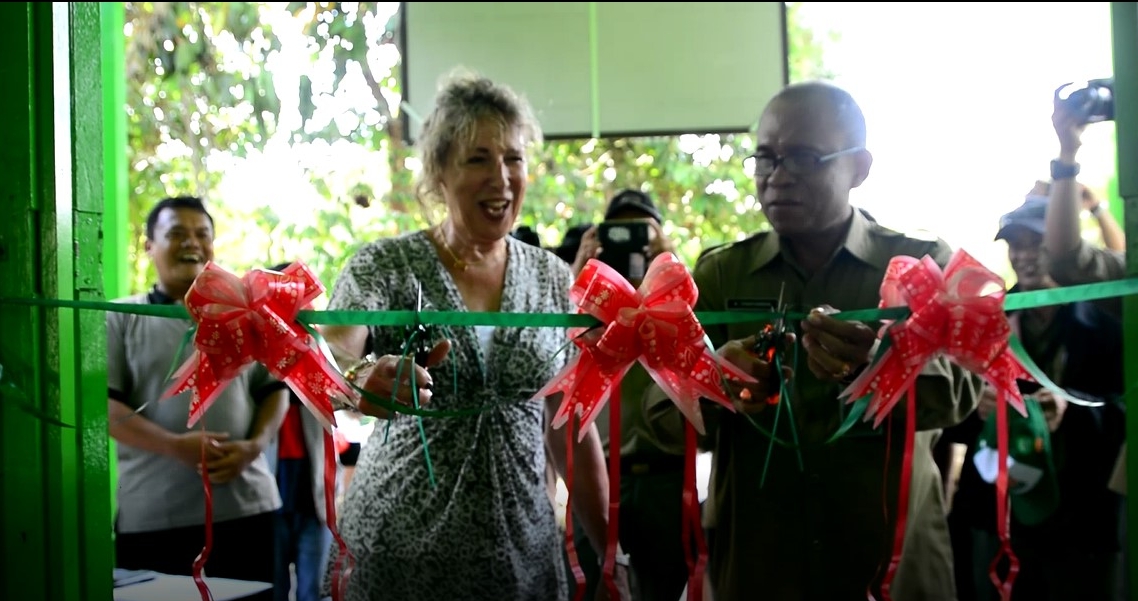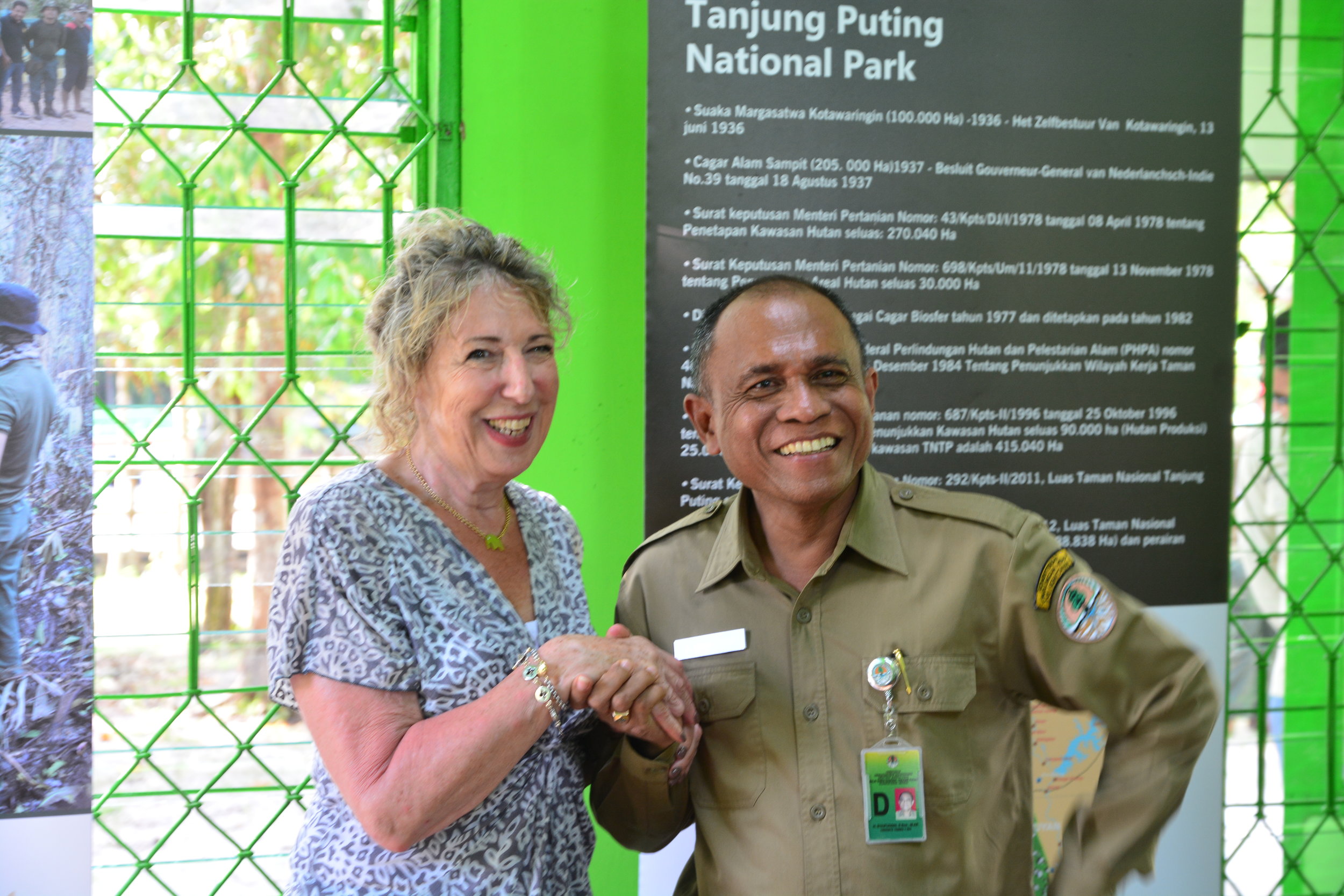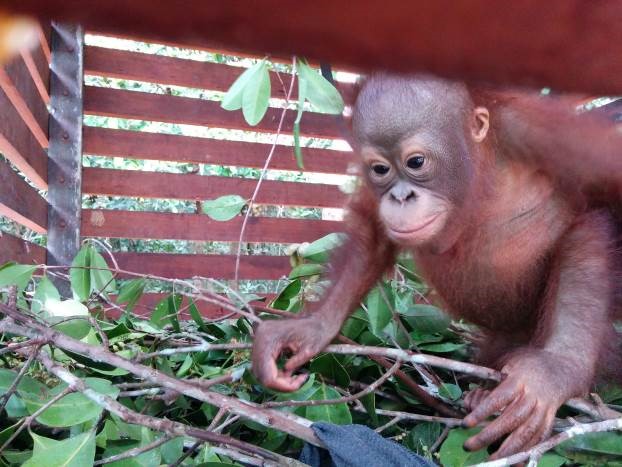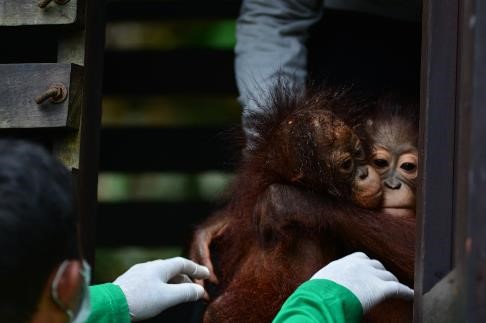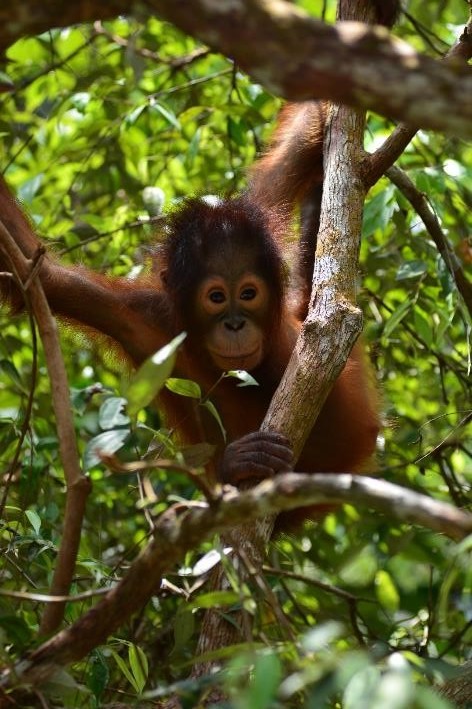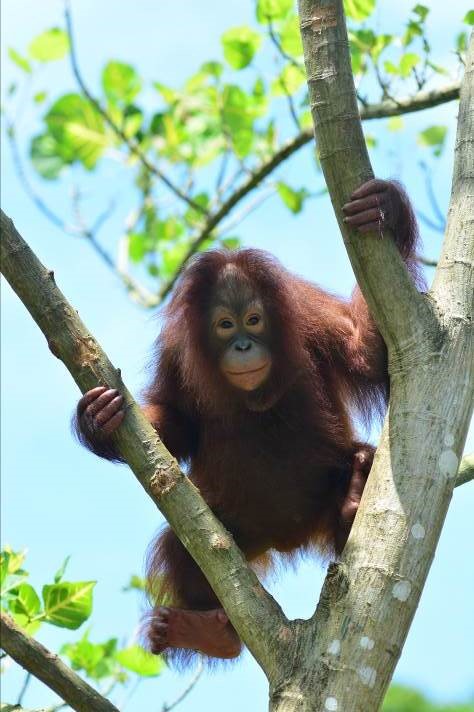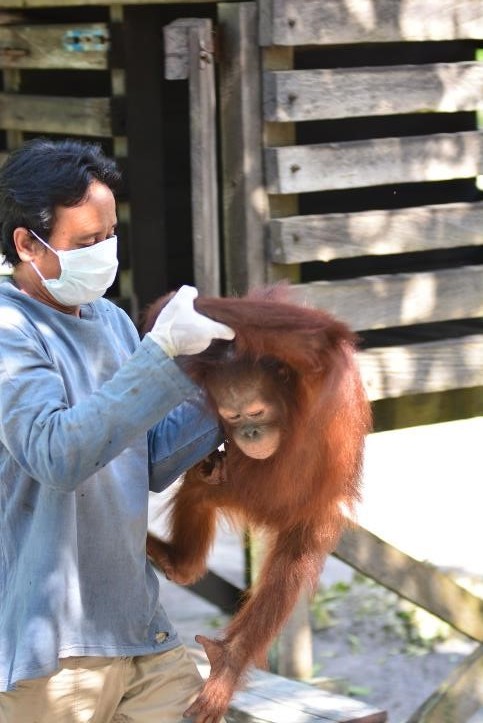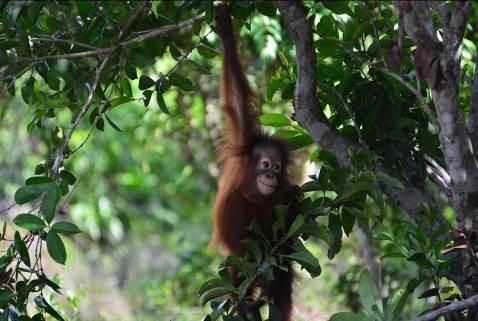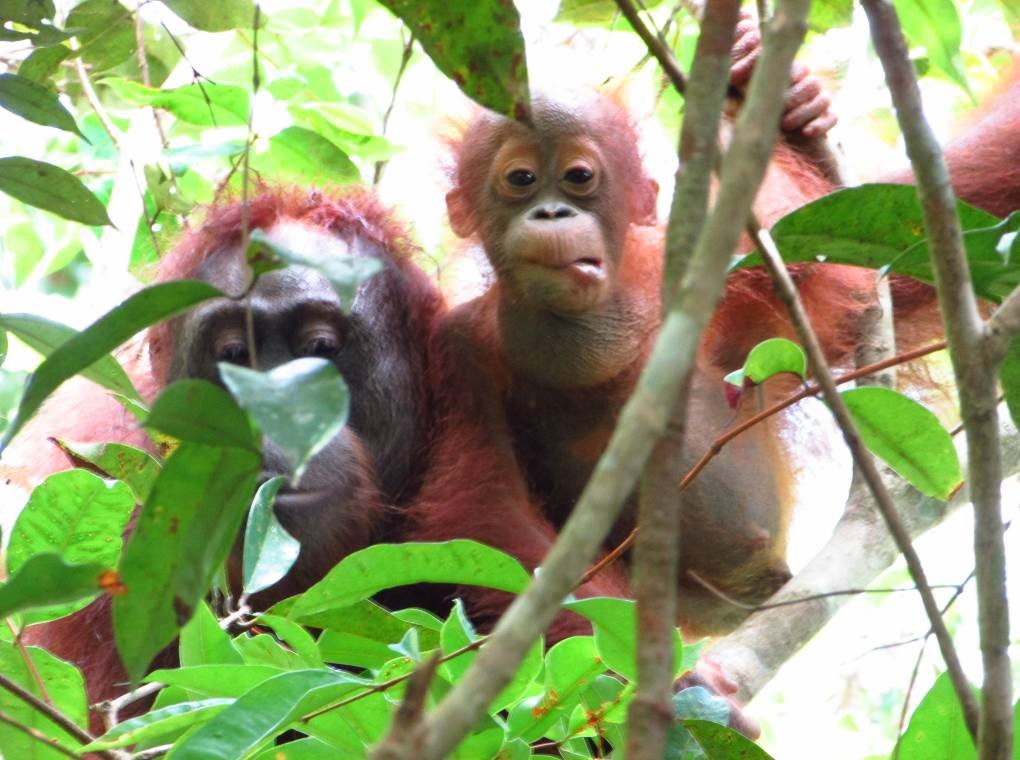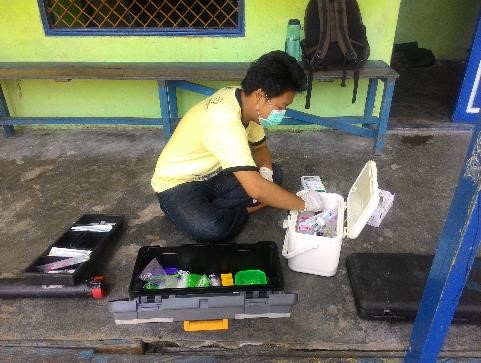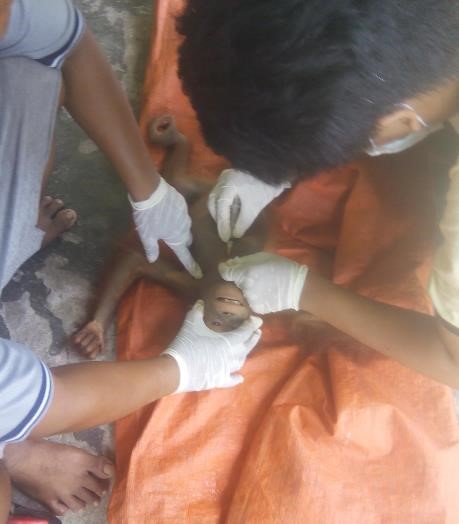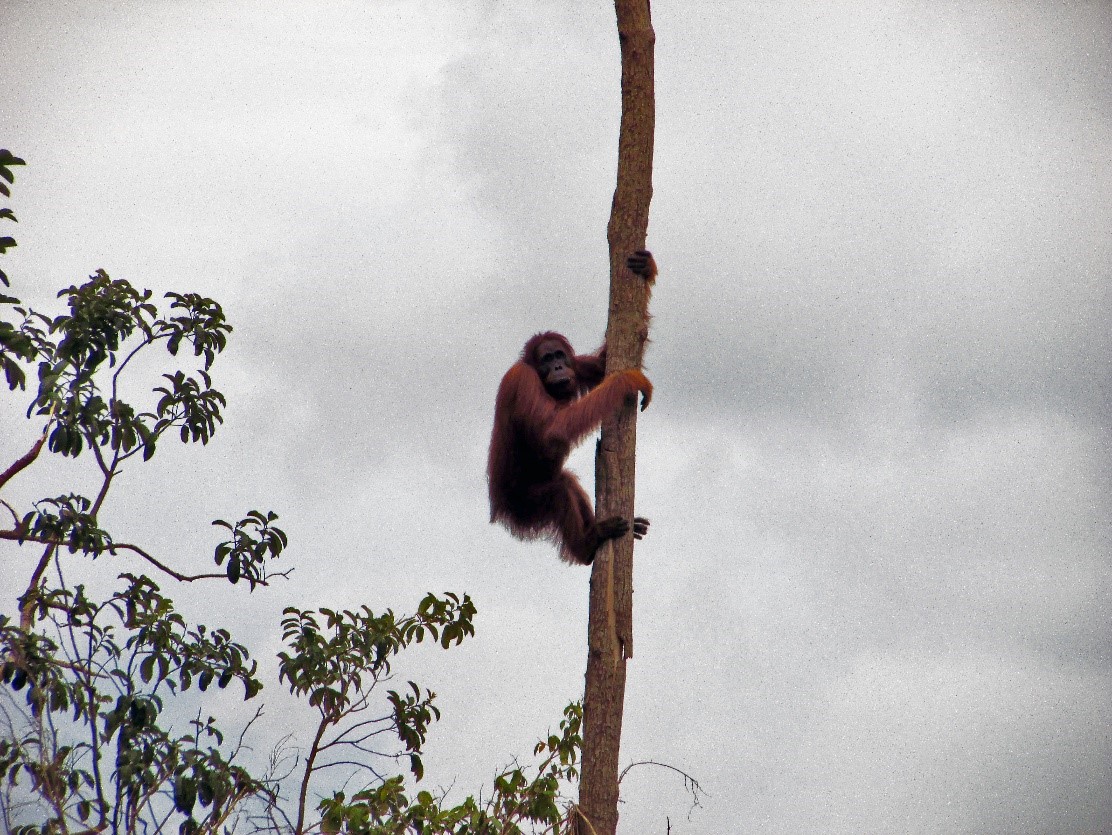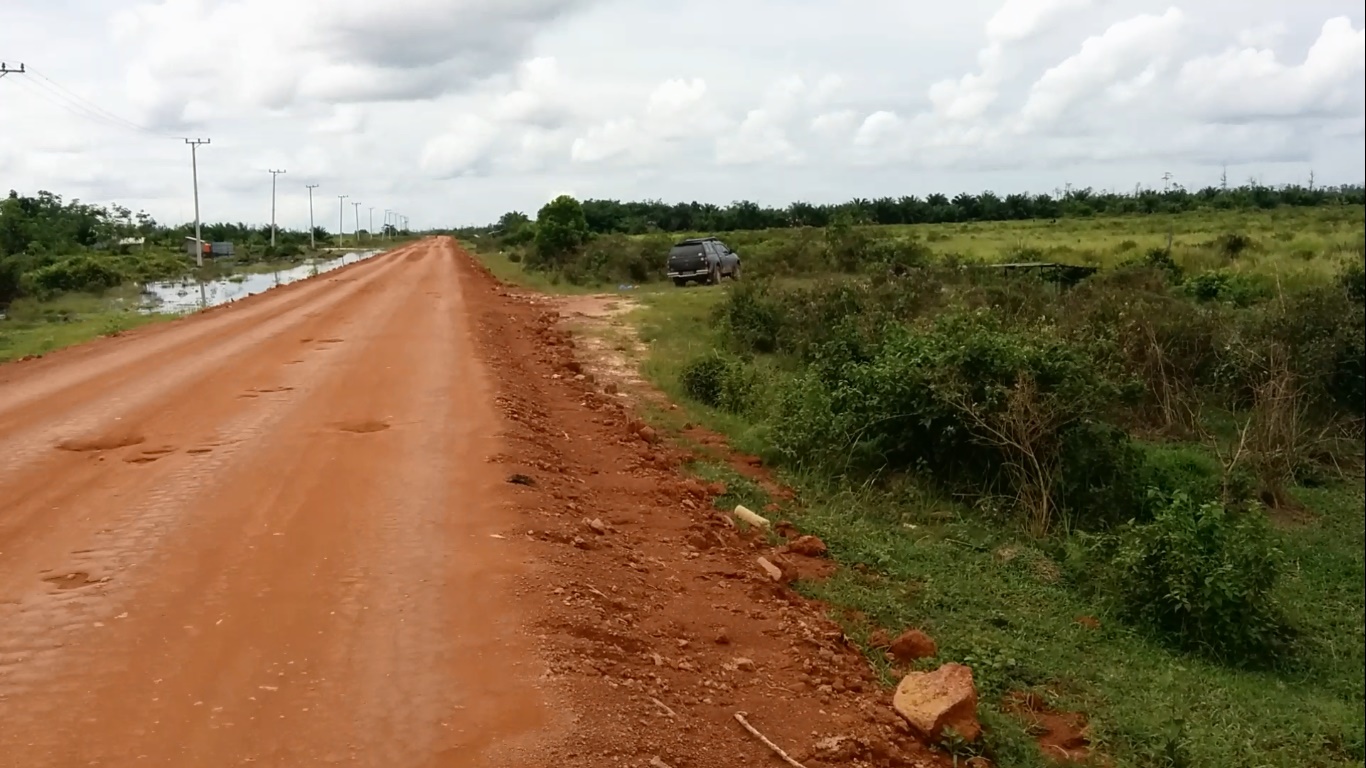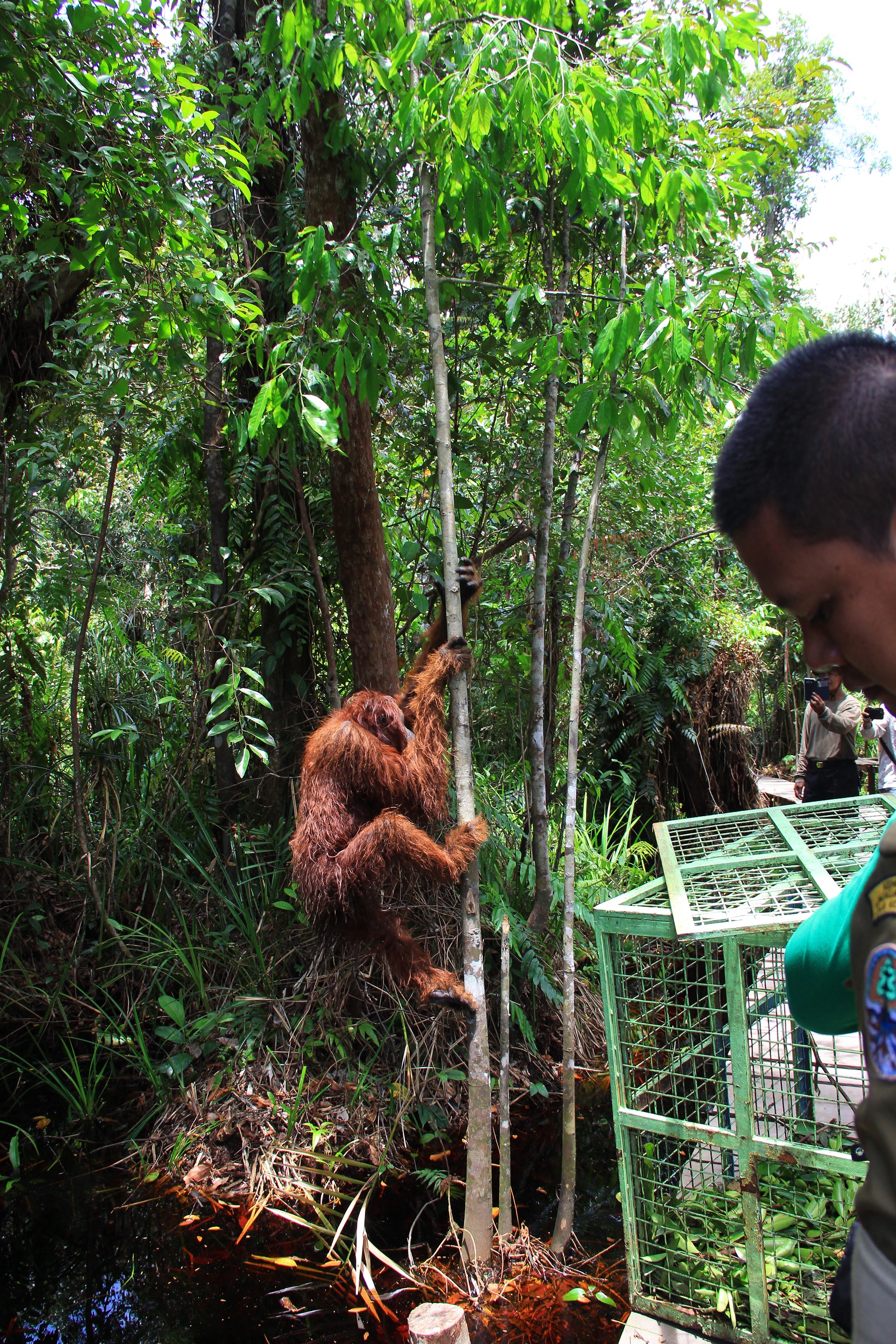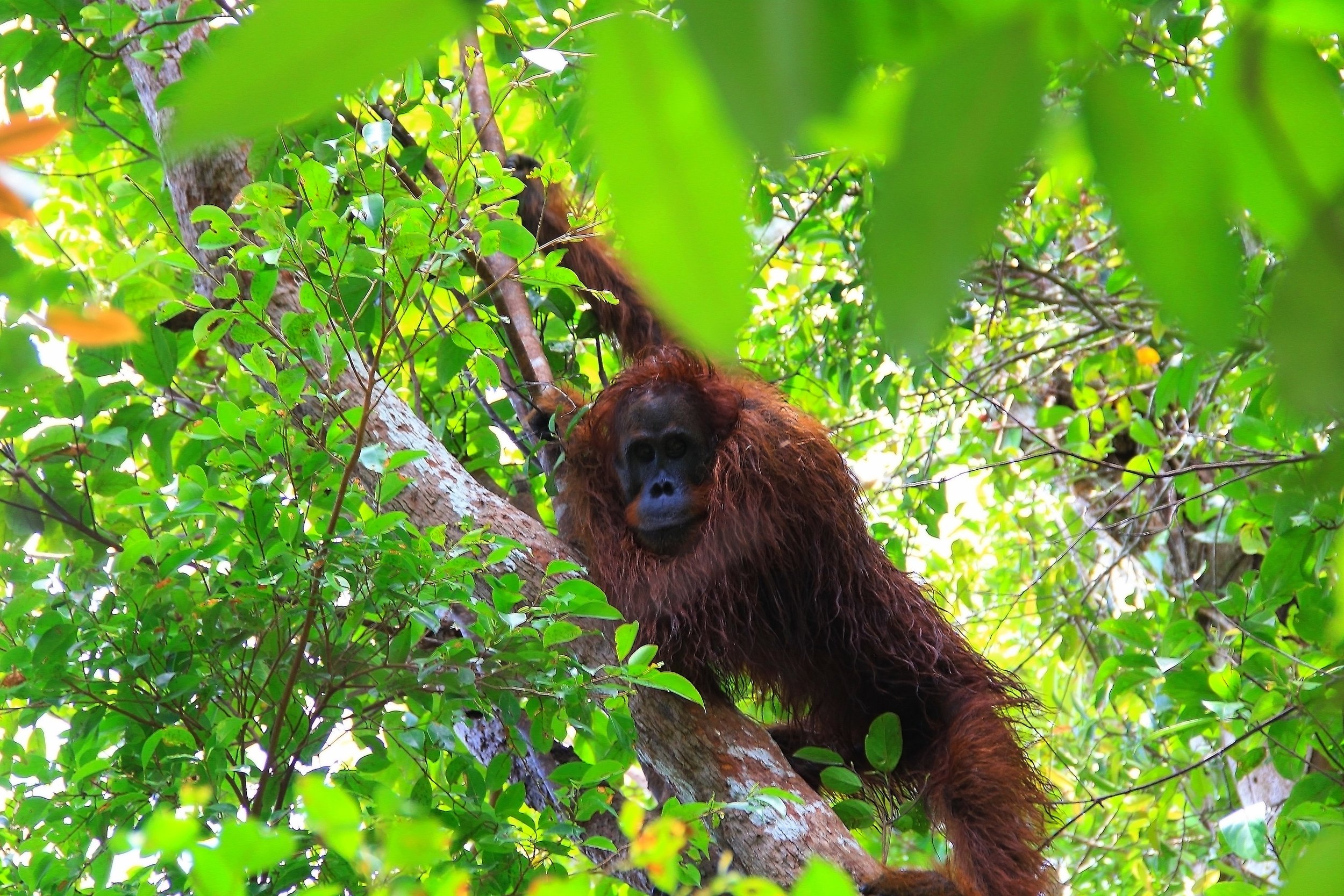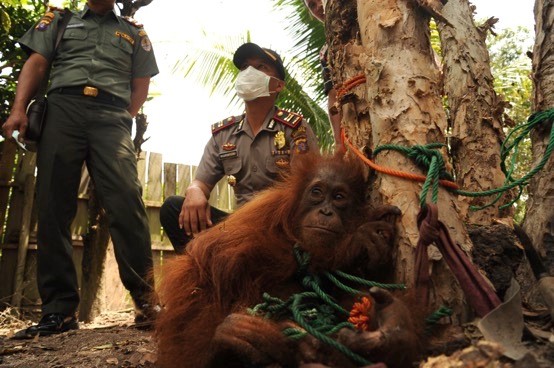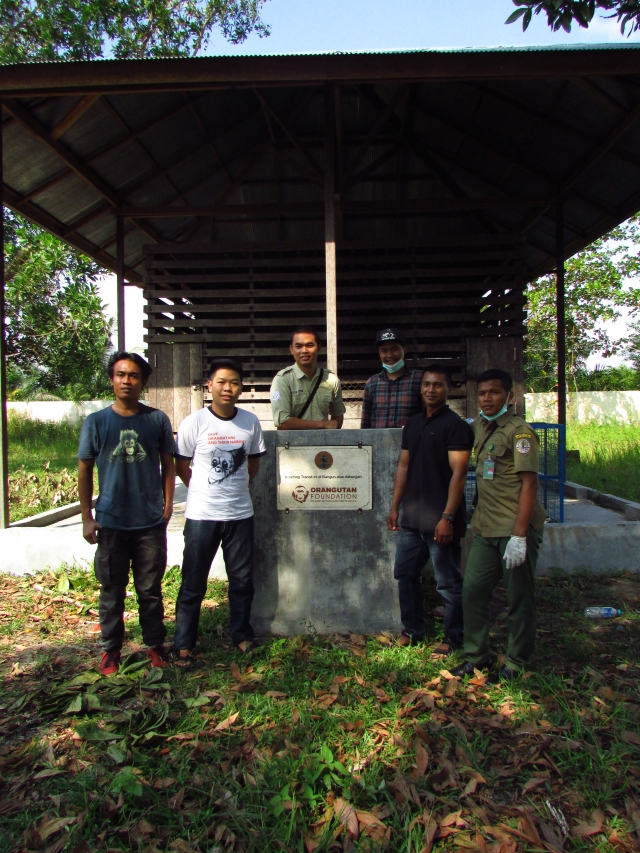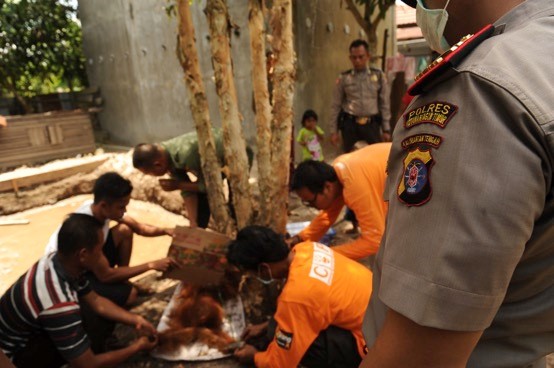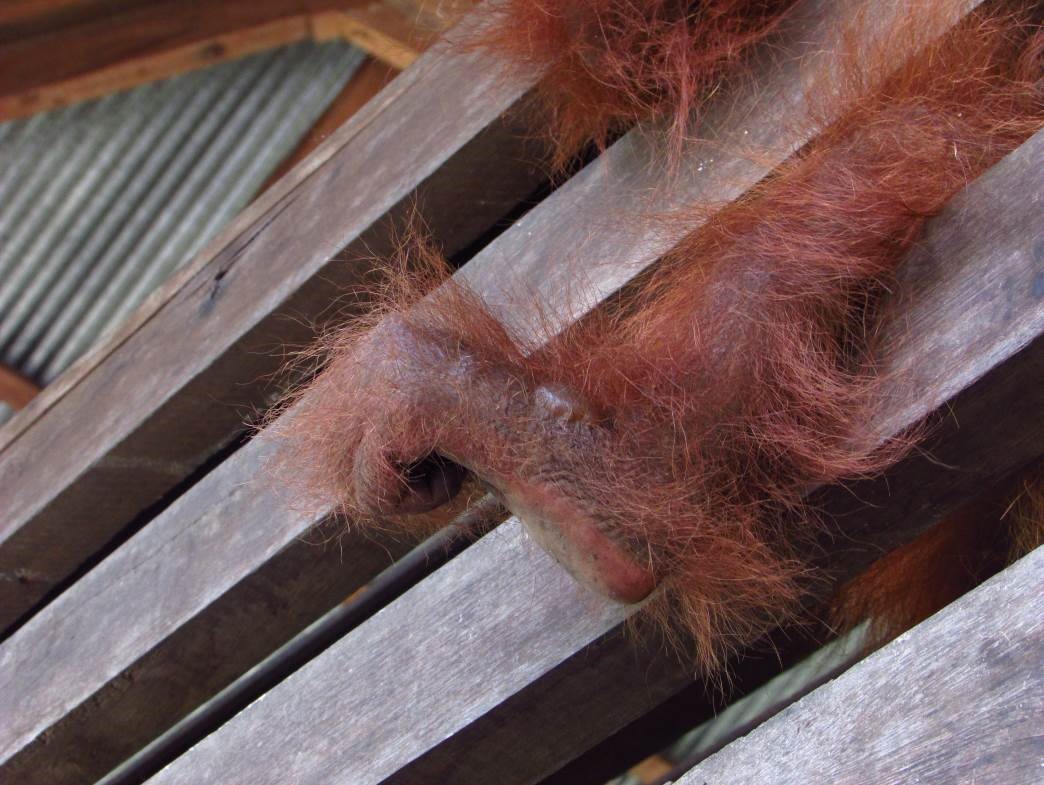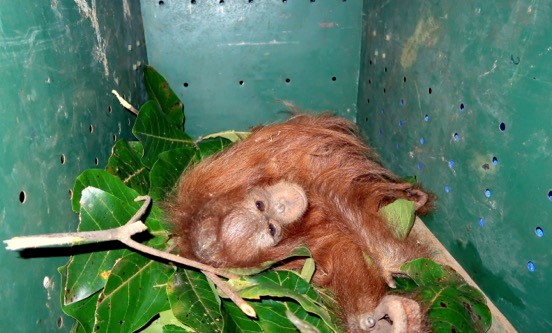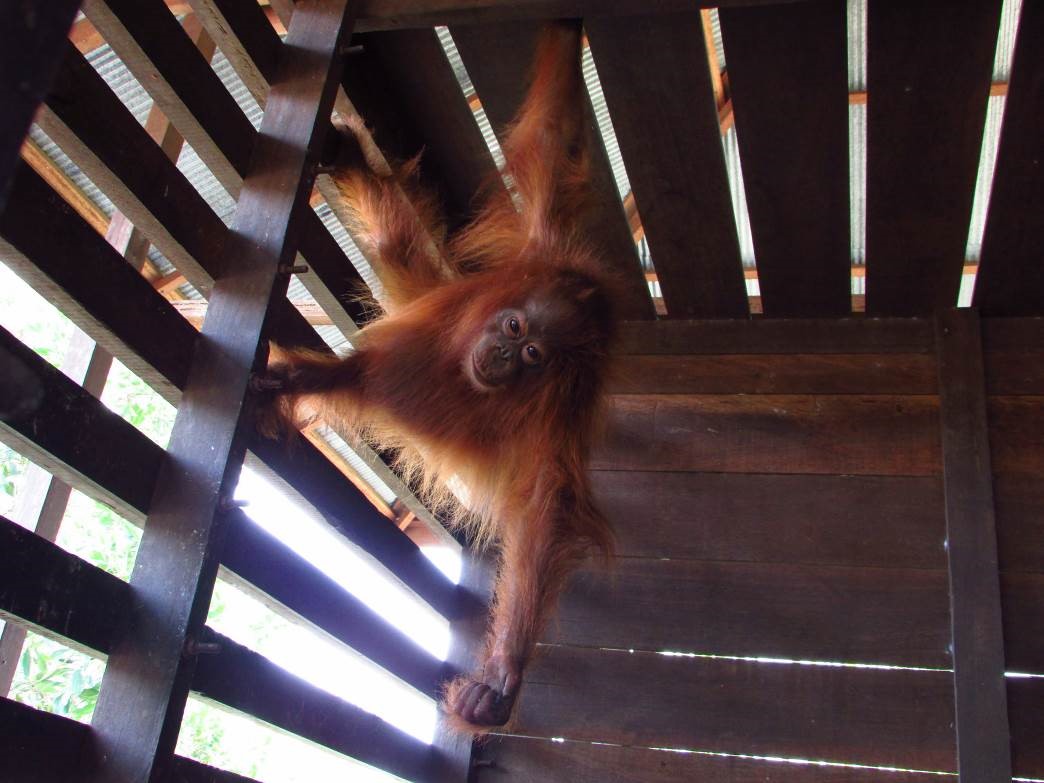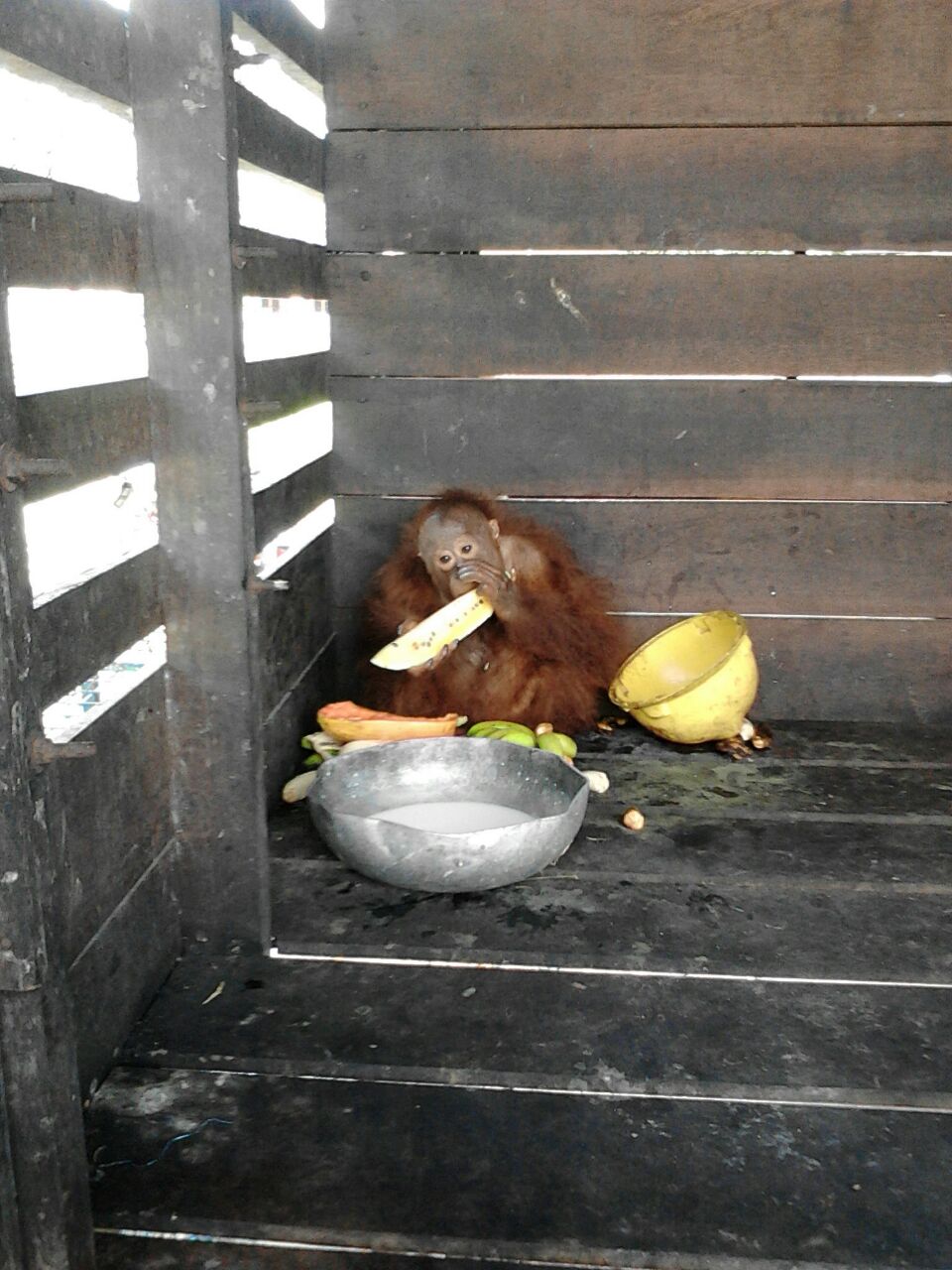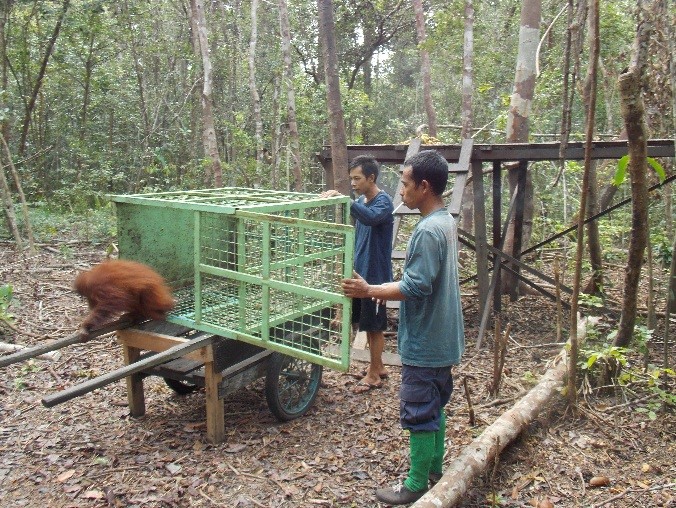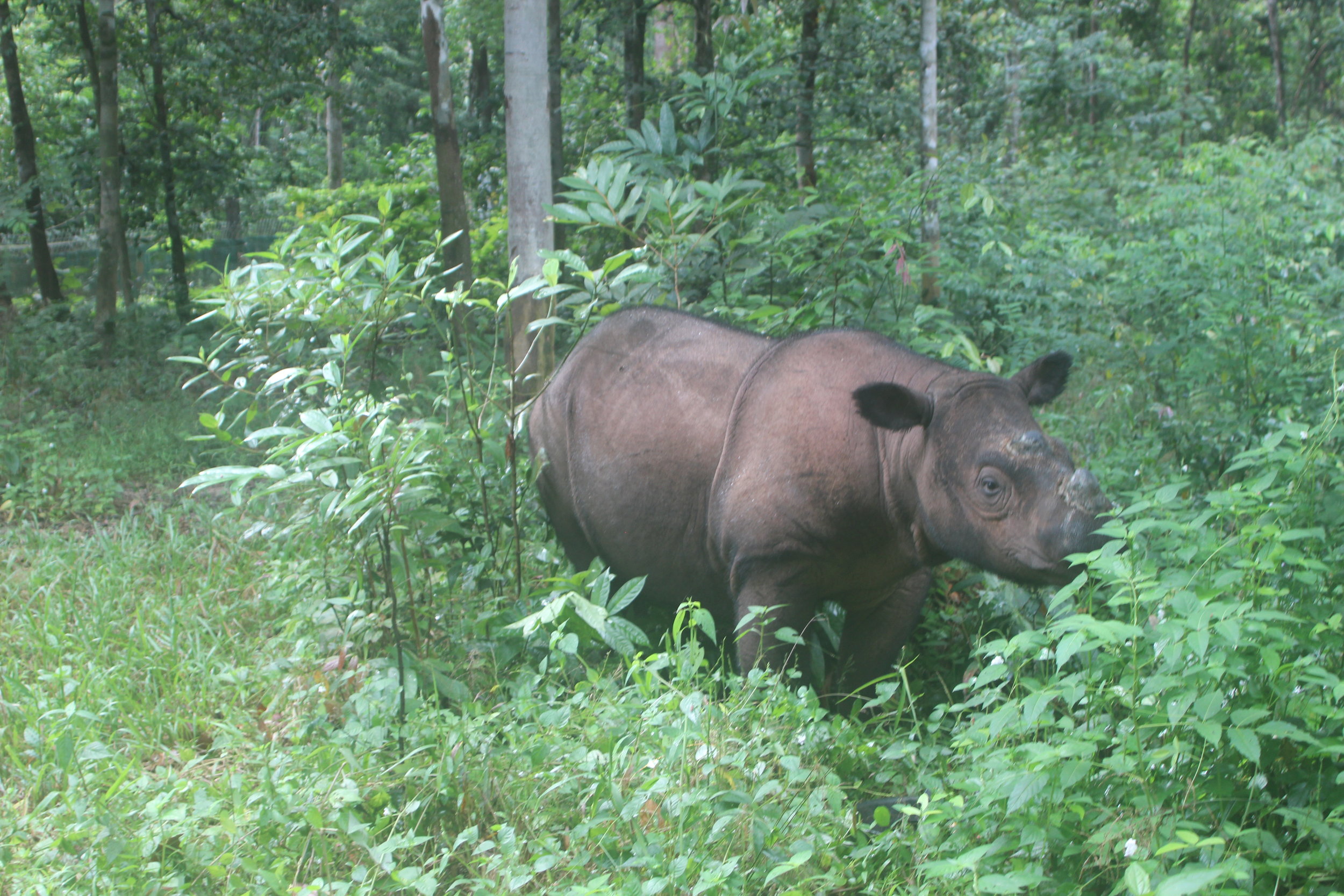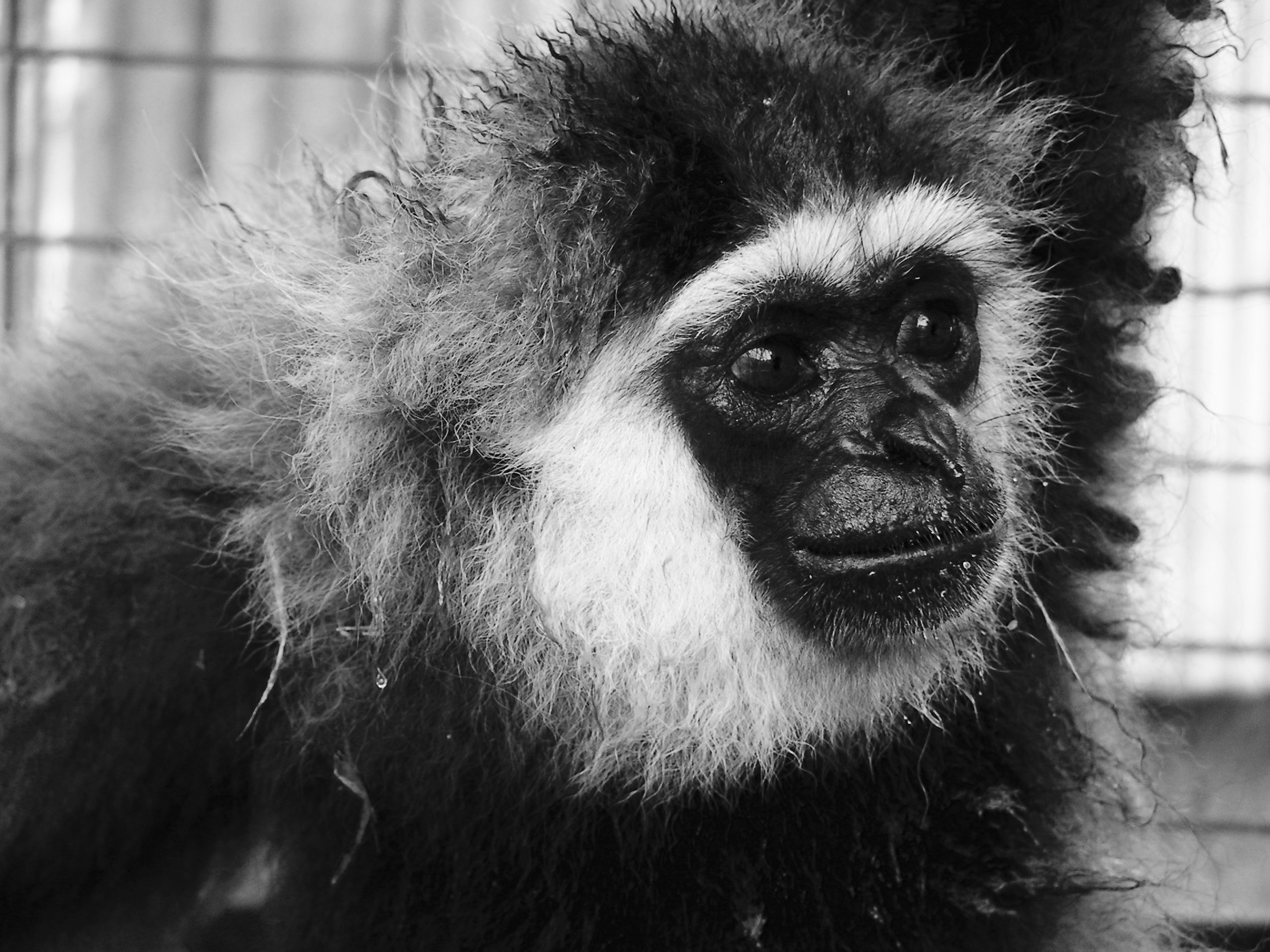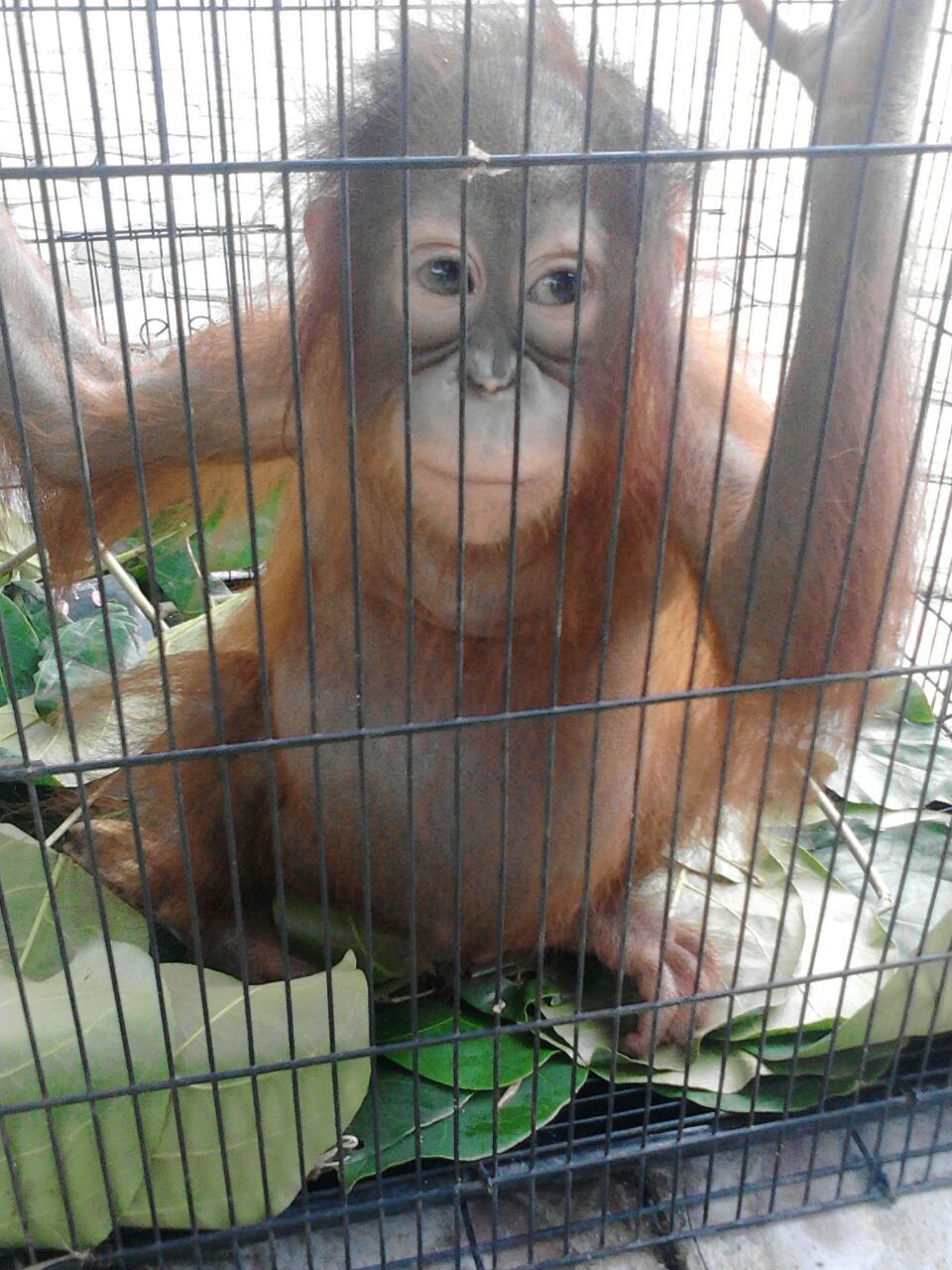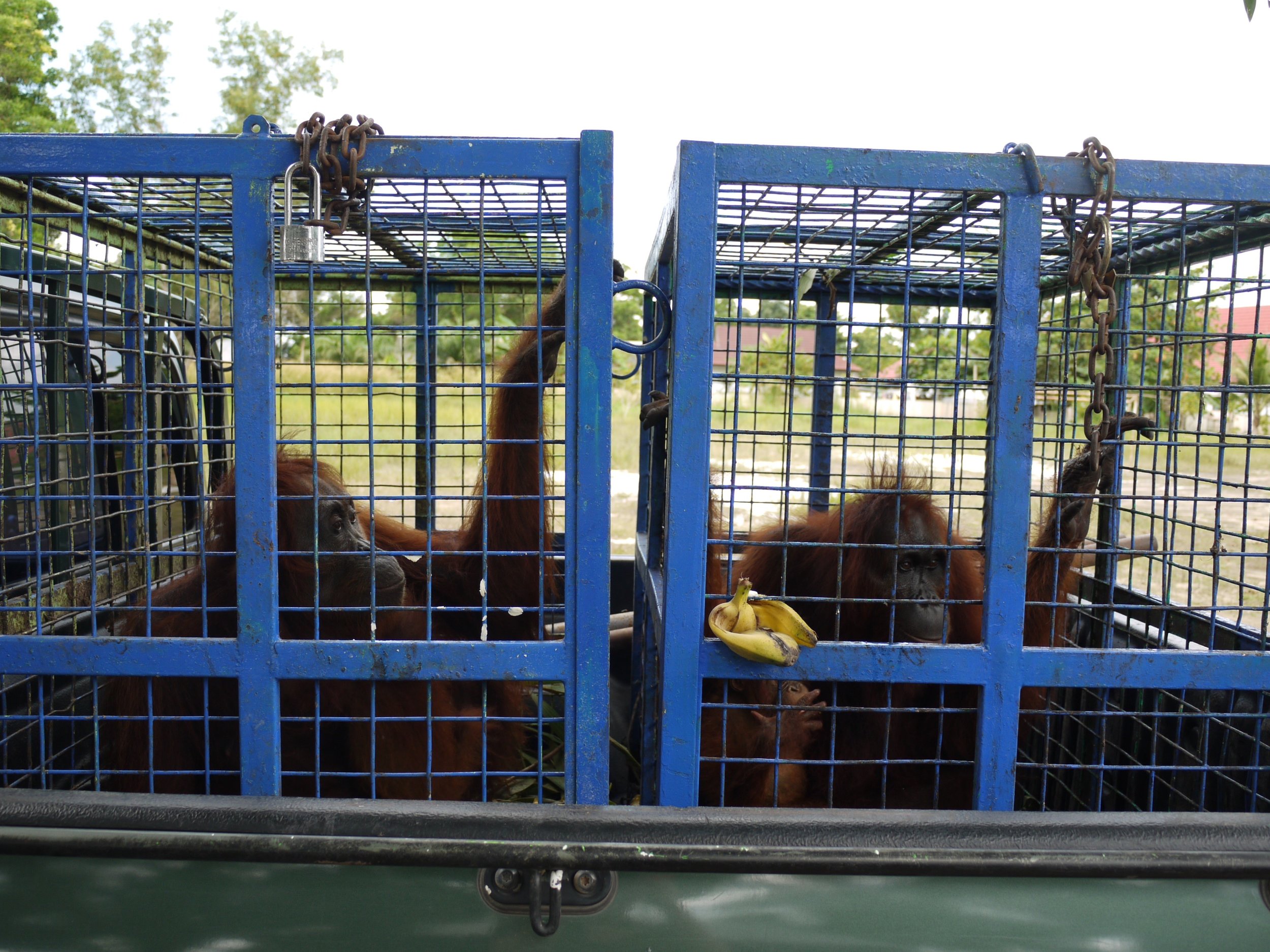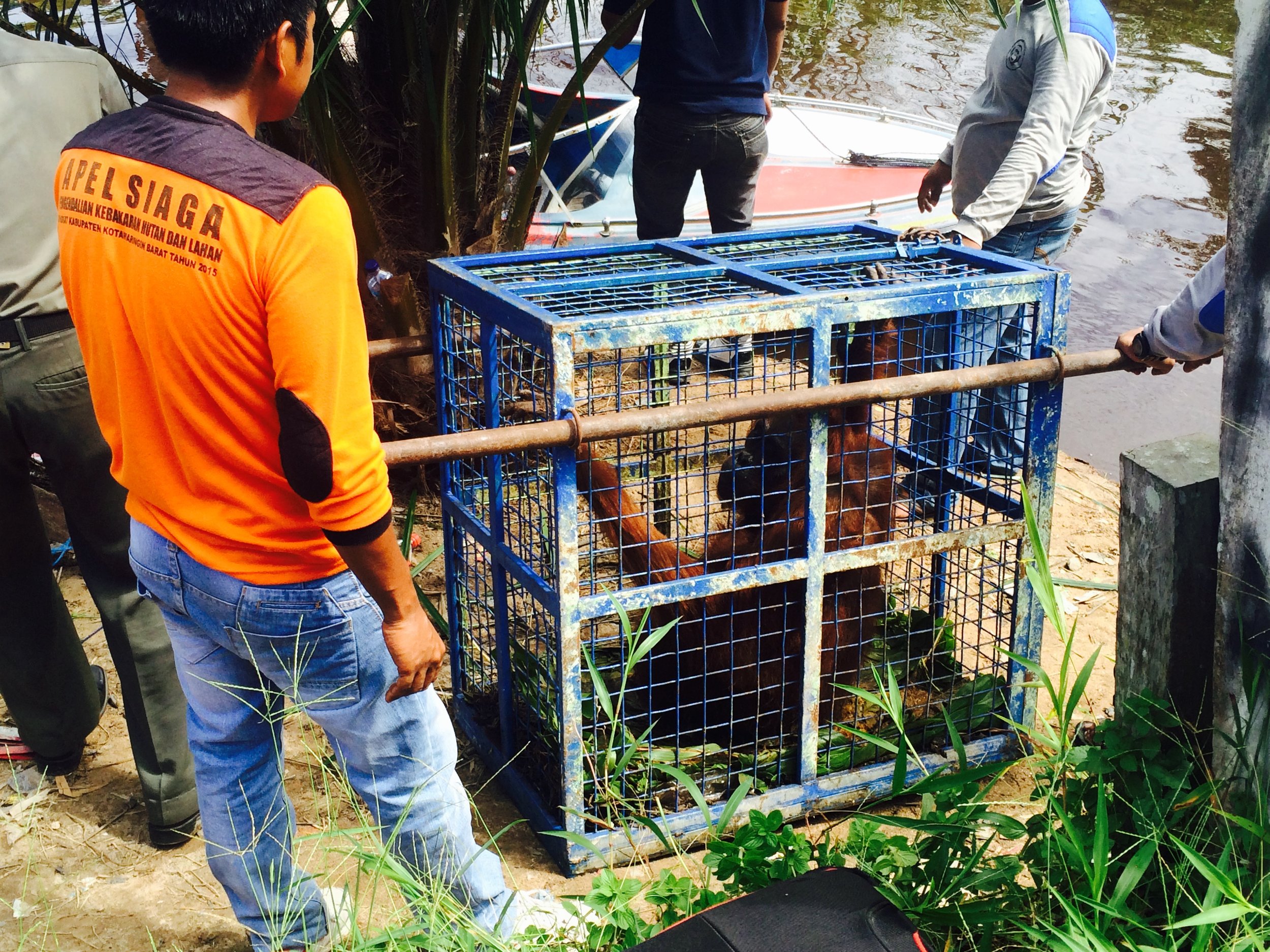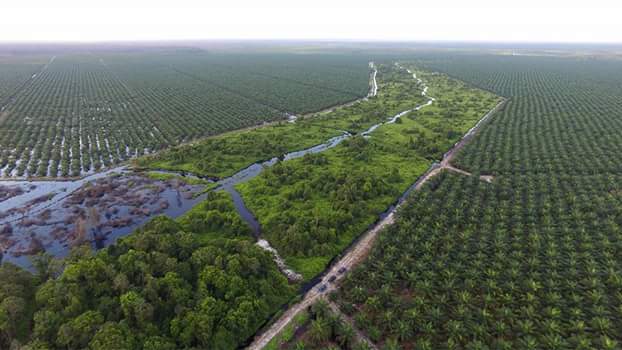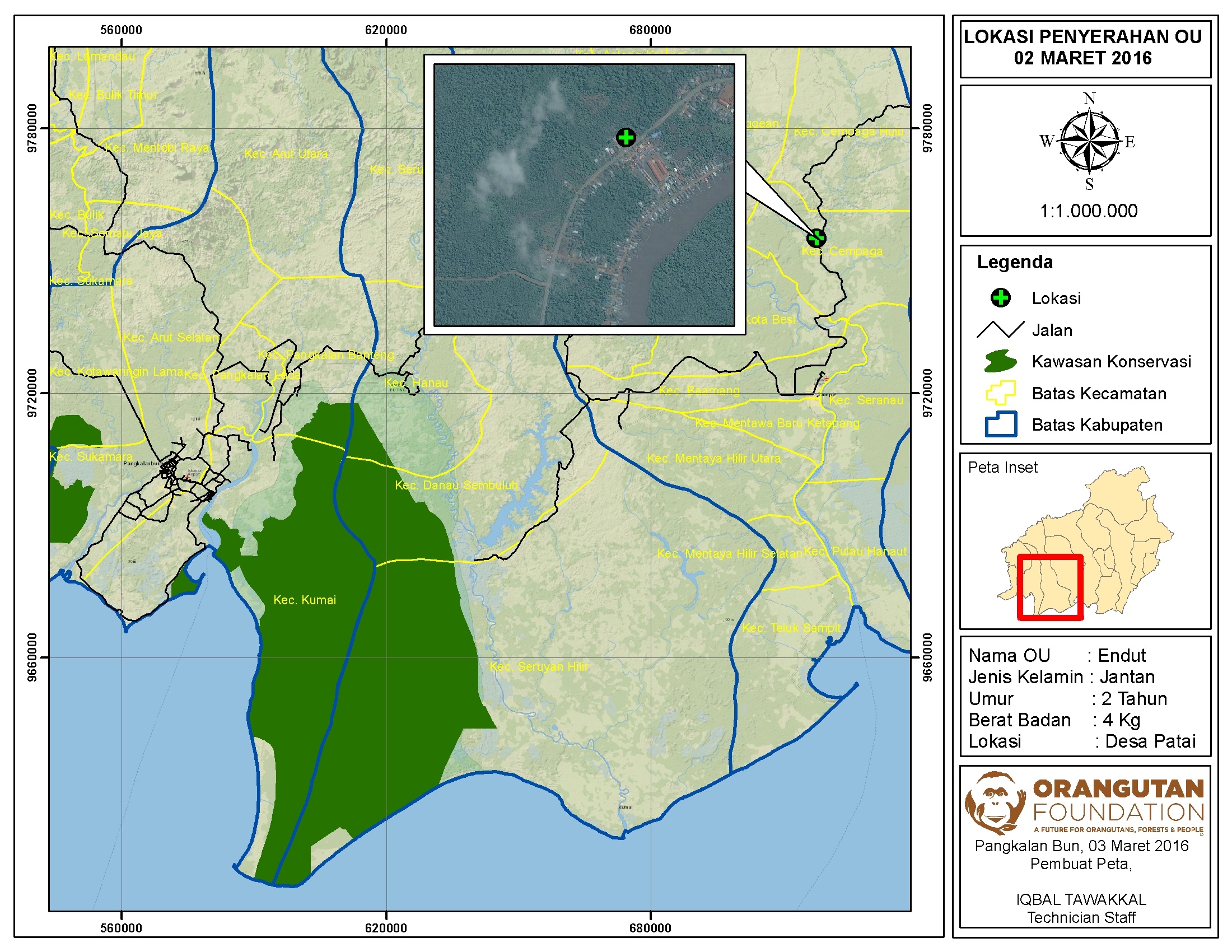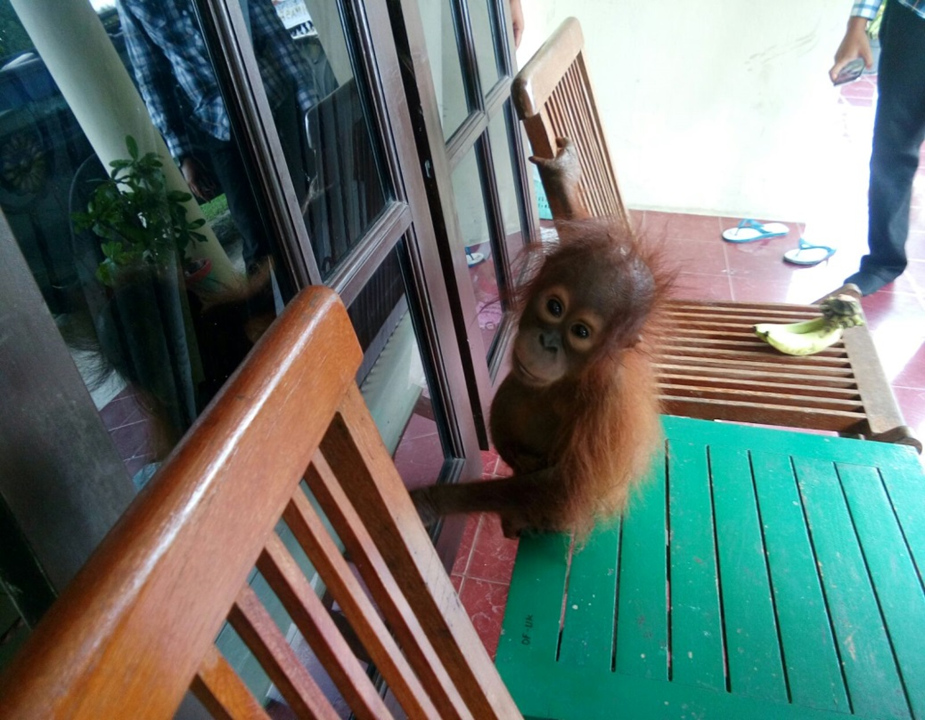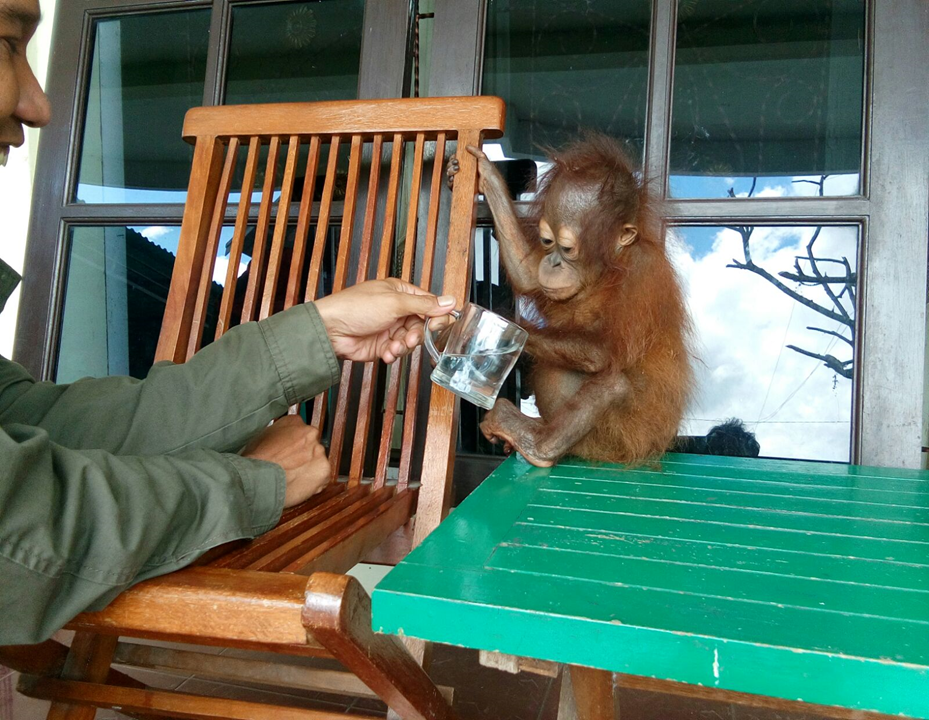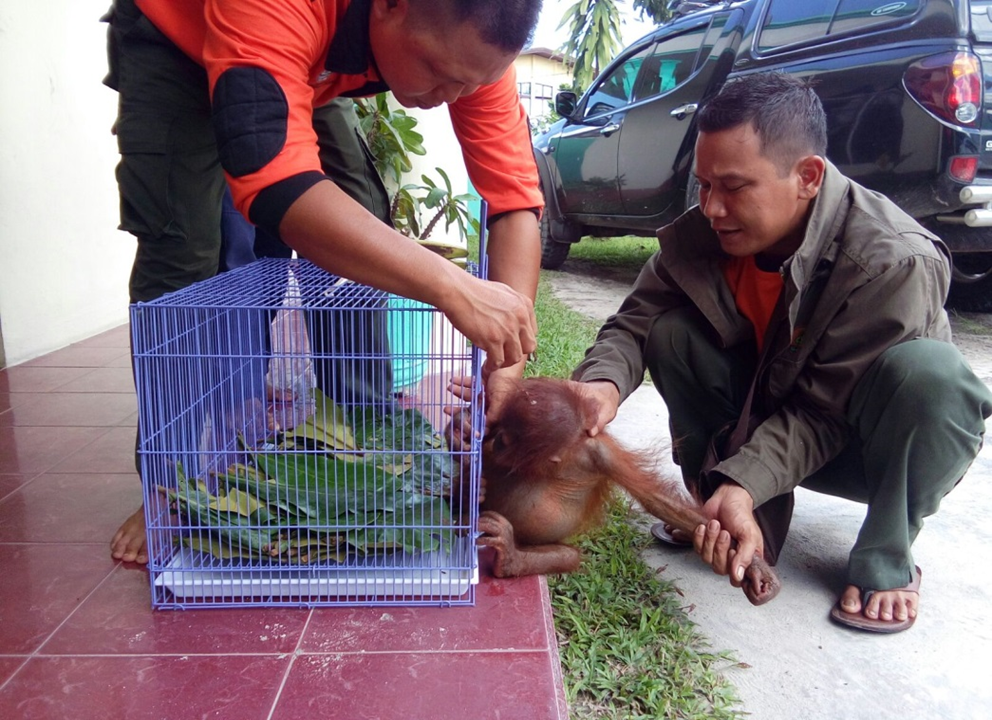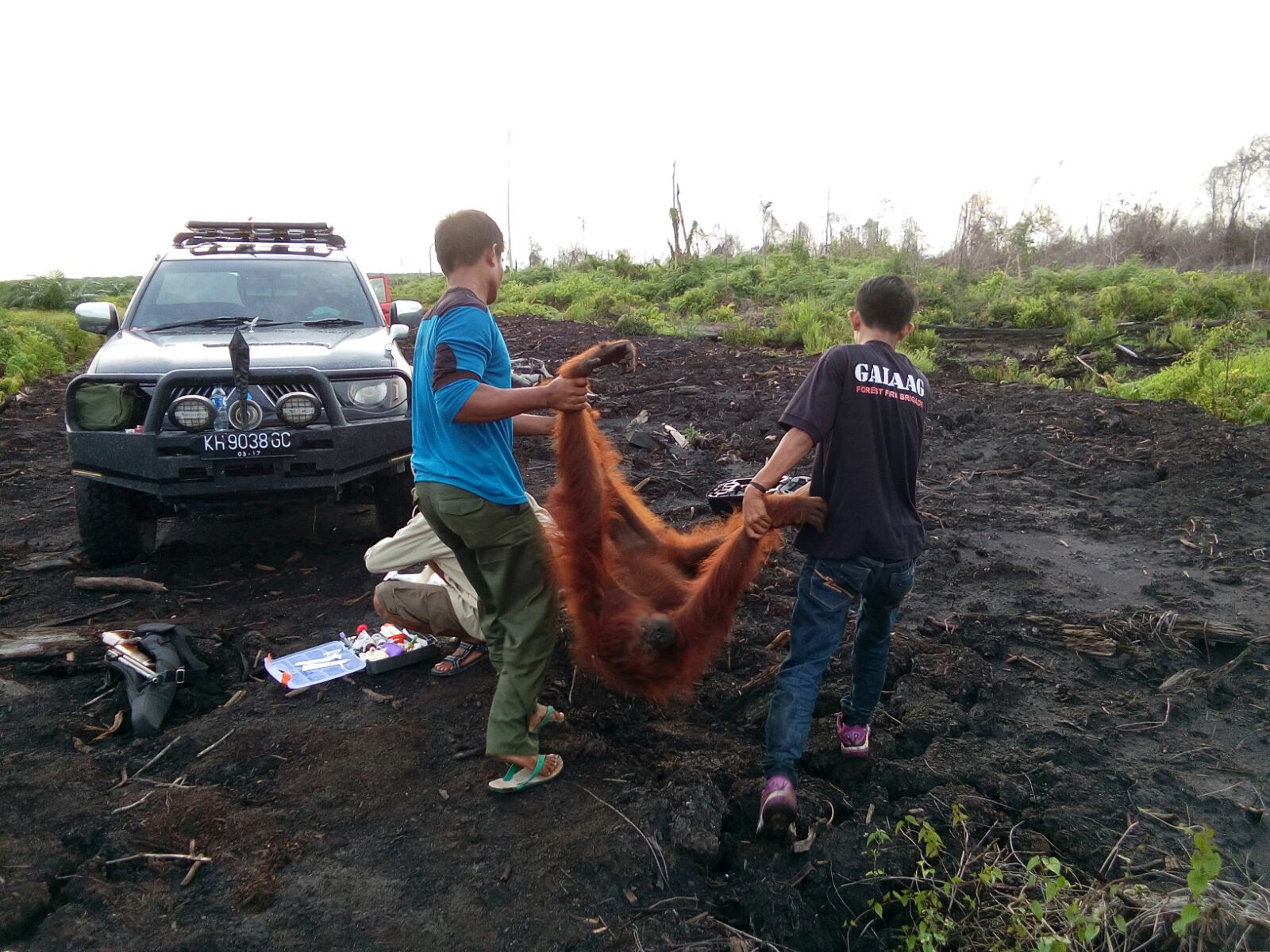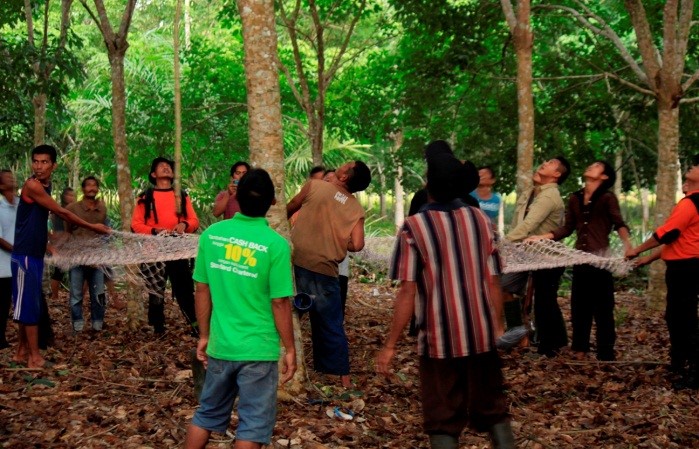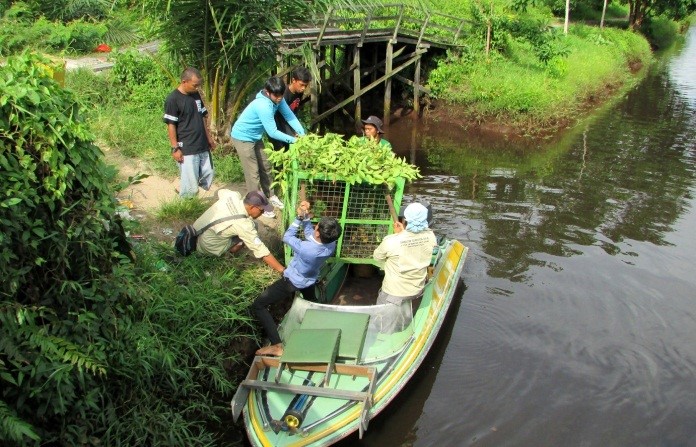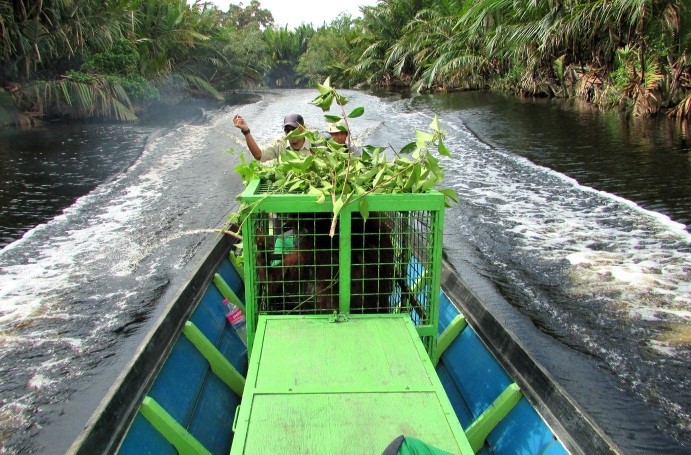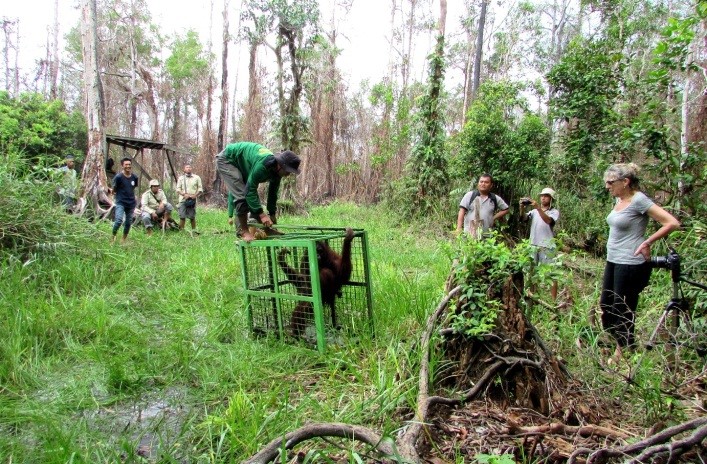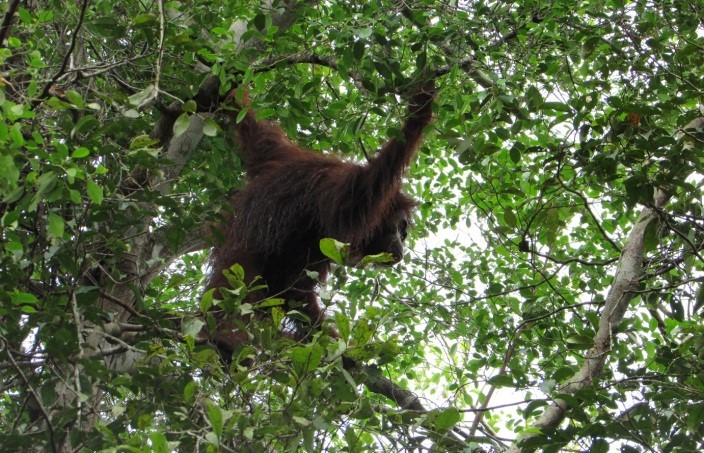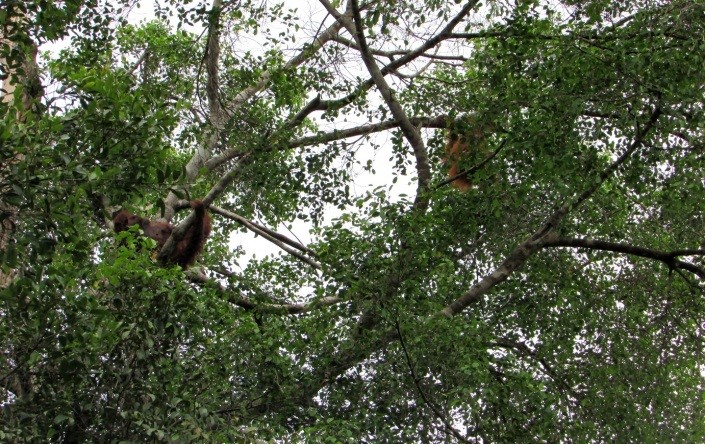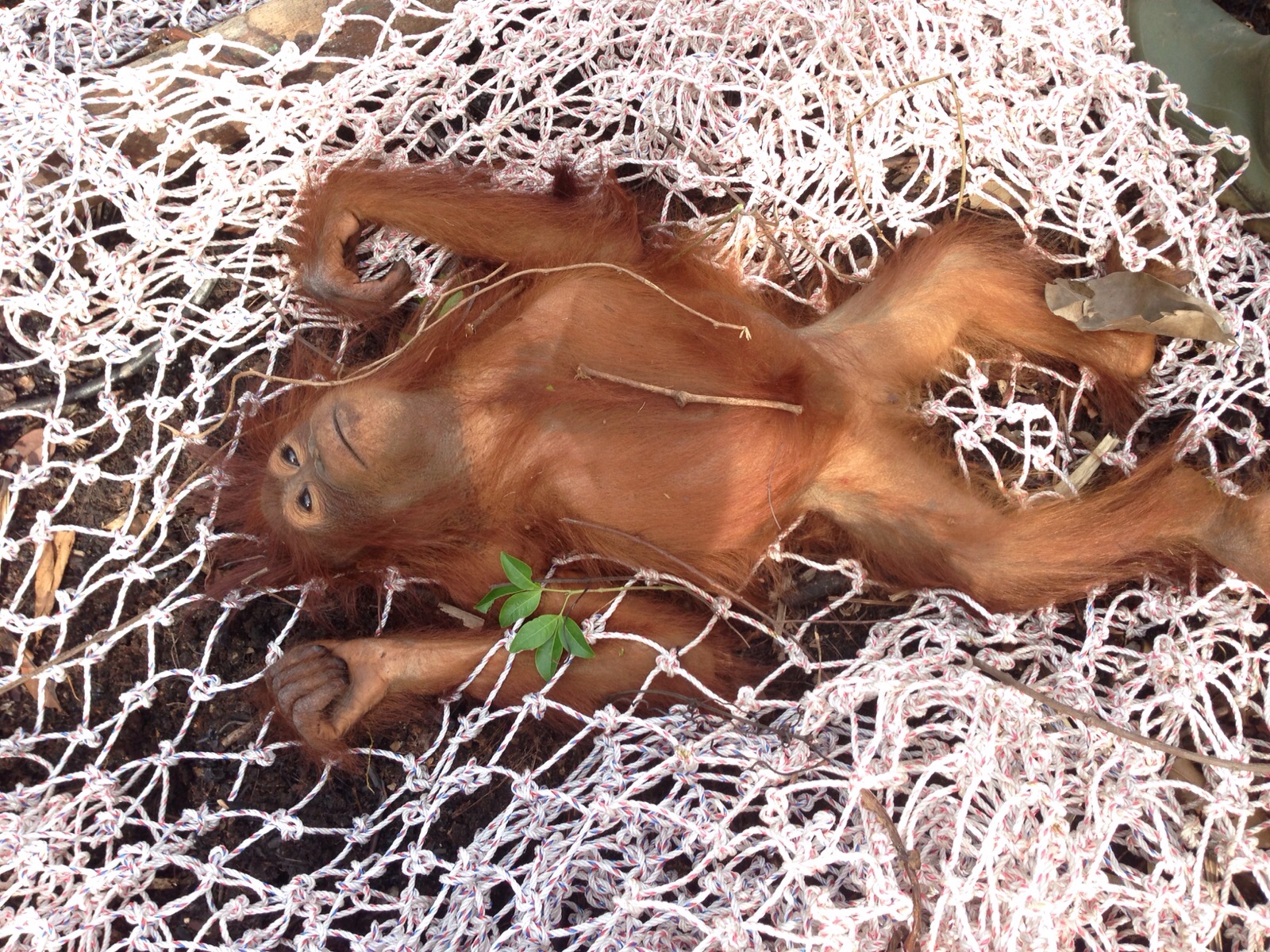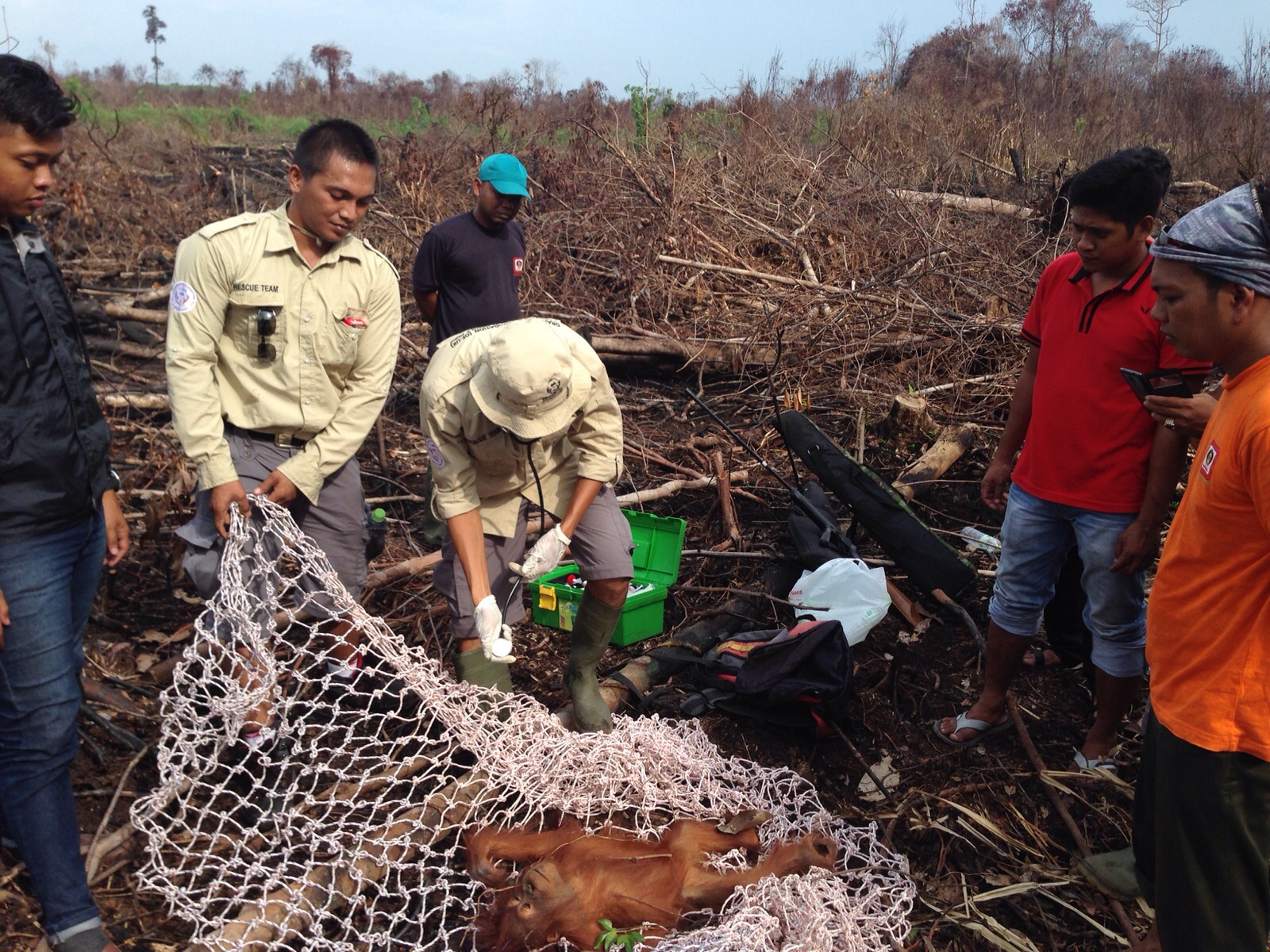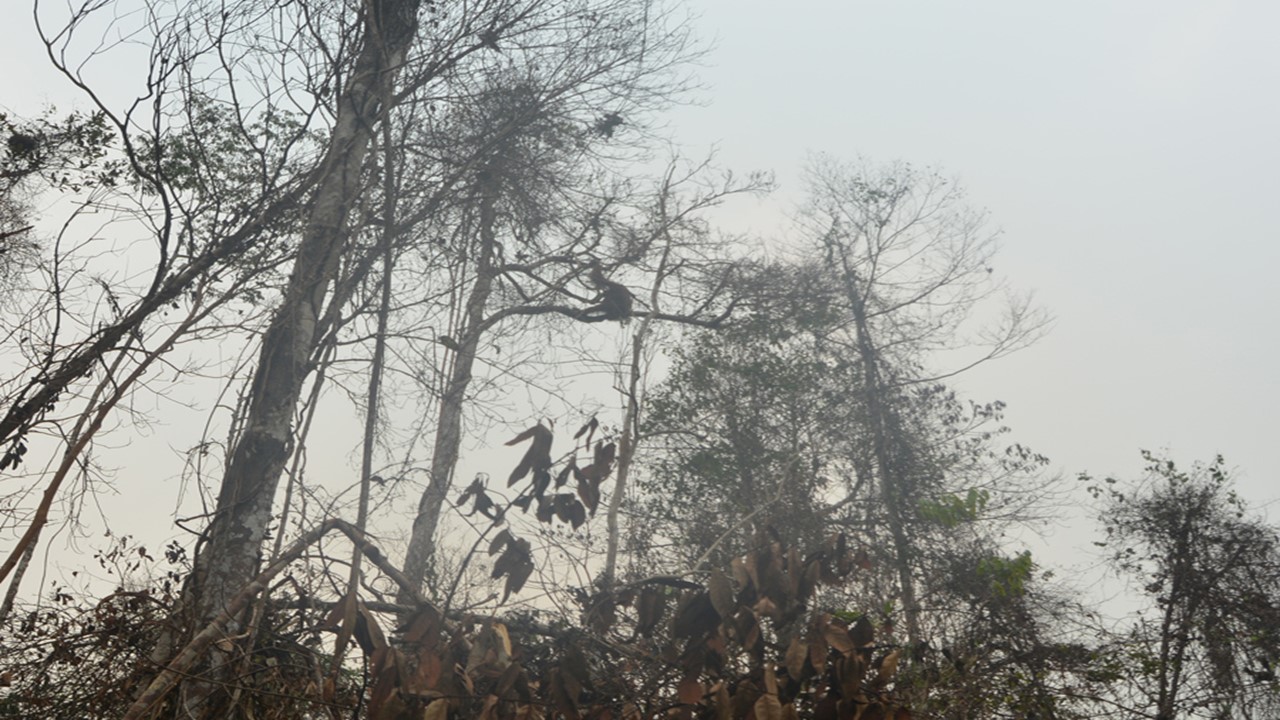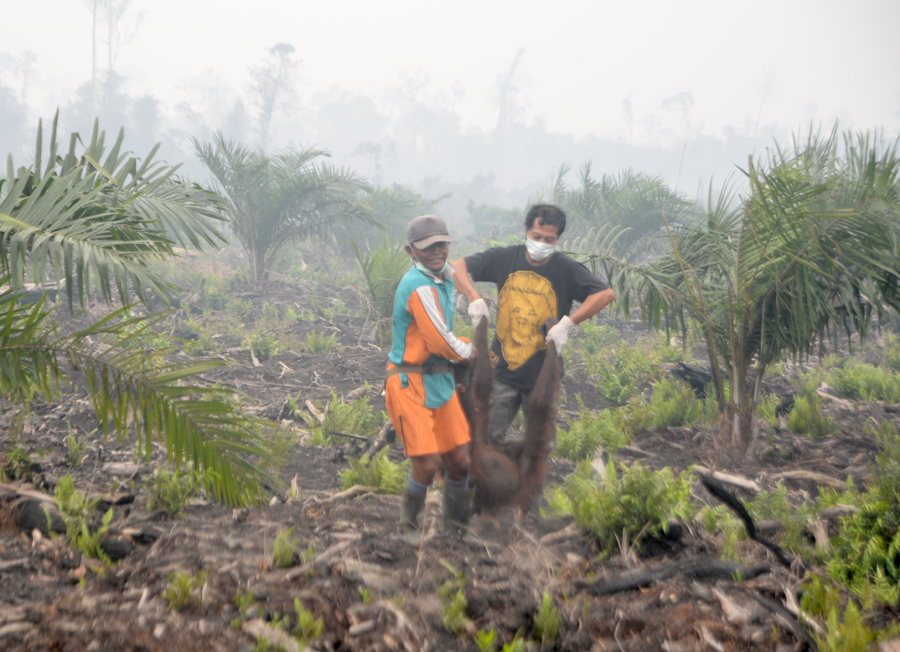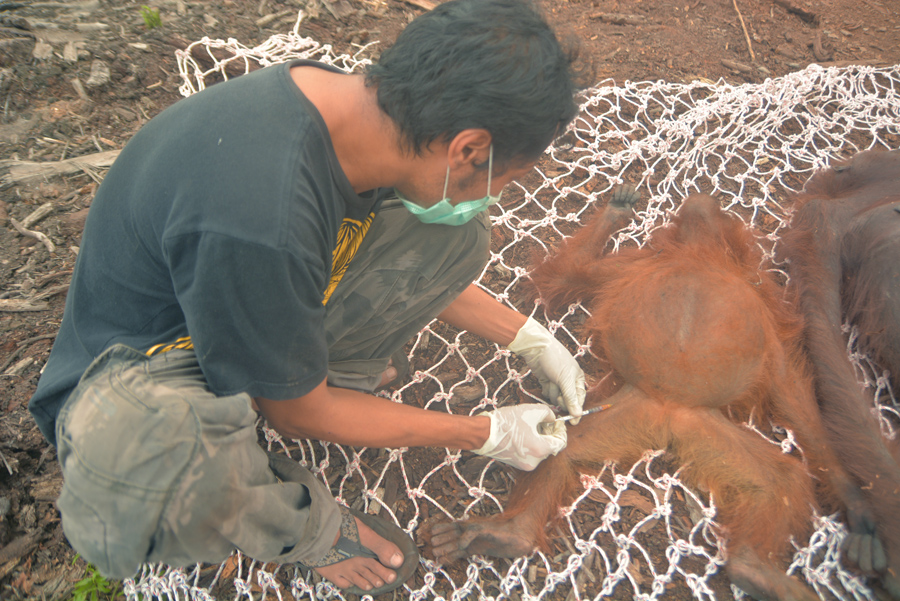Here is a blog post by Azhari Purbatrapsila, the Orangutan Foundation's Reintroduction Manager. But, as you will see, it is not just orangutans that the Orangutan Foundation rescue and release. On 12 January 2017, I and Jakir (Forest Patrol Manager) translocated one saltwater crocodile and one black-winged kite to the Lamandau Wildlife Reserve, Central Kalimantan, Indonesian Borneo. Translocation was done together with SKW II BKSDA Kalteng (Indonesian Nature Conservation Agency). The crocodile is about 1 meter in length and is in a healthy condition.
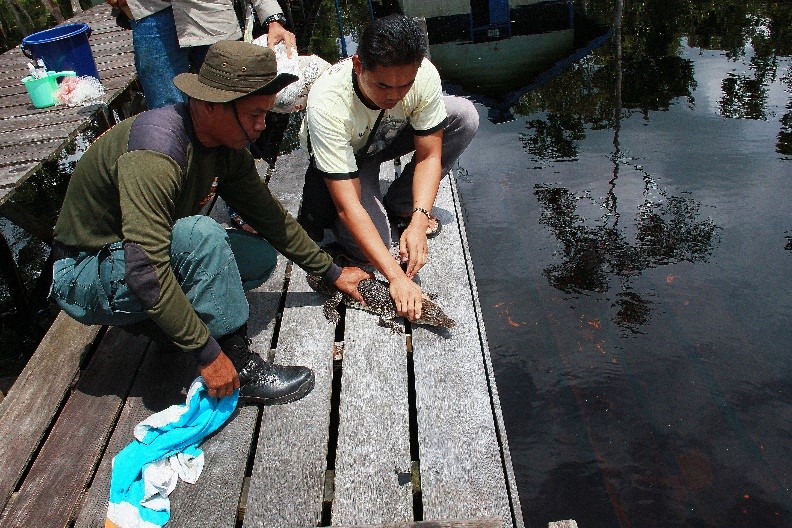
Unlike the crocodile, the kite was not in a good condition. It looks like the kite was kept in a small cage so its wings are really weak. Although its wing are full (no missing feathers), some of the feathers are not in good shape. The kite and the crocodile were handed over from the community.
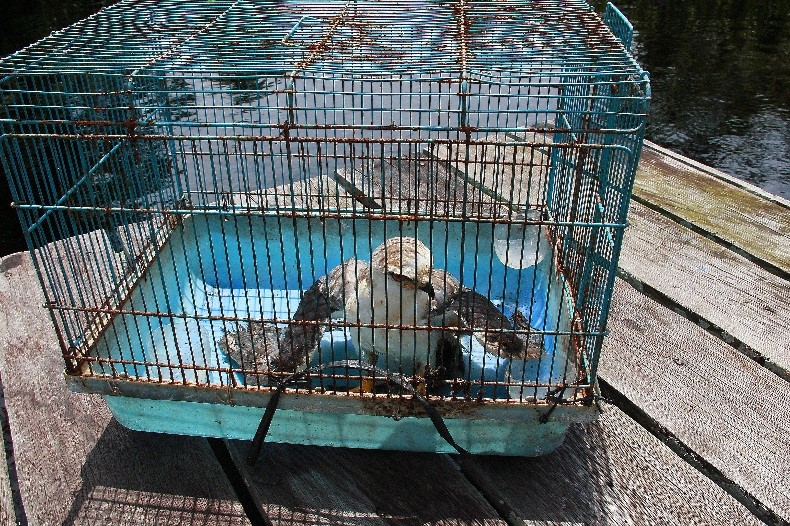
After confirmation of the translocation, we left the Orangutan Foundation office at 10am and went to the BKSDA office to pick up BKSDA staff and the animals. We drove to the speedboat jetty and went directly by boat to Camp Buluh, within the Reserve.
Firstly, we released the crocodile, which swam away from us before it dived into the river and wasn't seen again.
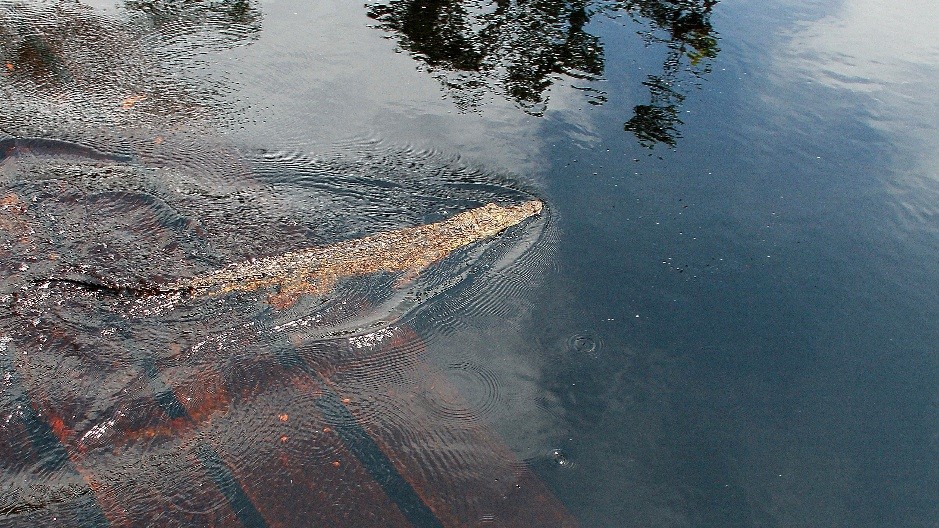
After, we released the kite onto a tree which is usually used by soft-release orangutans who are learning to climb.
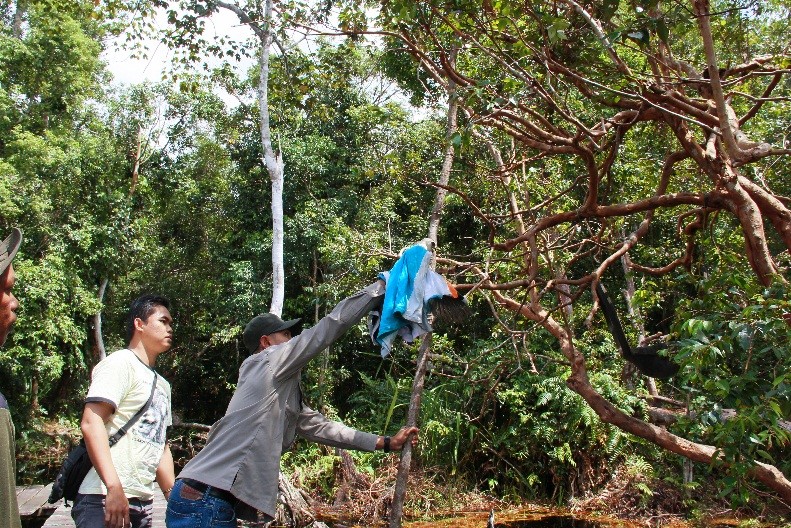
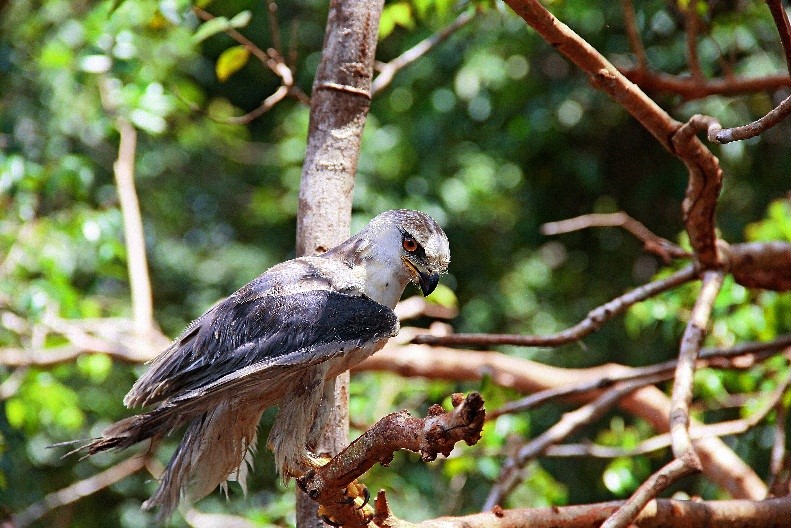
After several minutes of staying on the branch, the kite tried to fly. Unfortunately, the kite unable to fly properly and it fell into the swamp water next to the camp building.
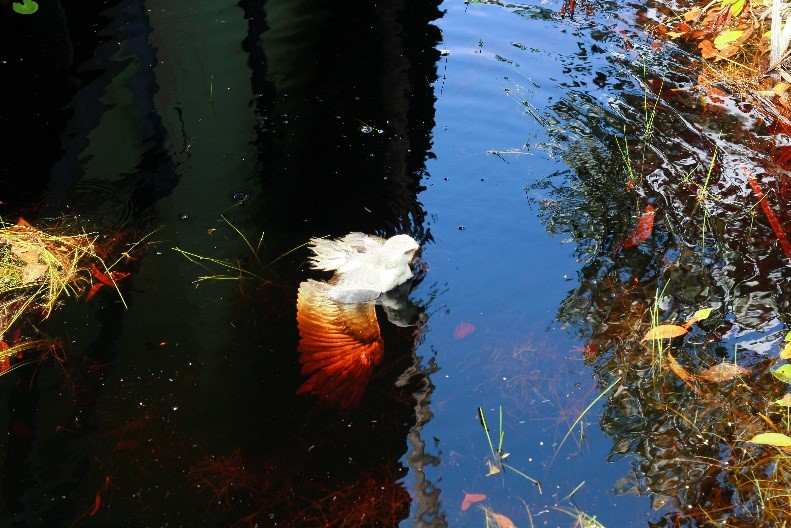
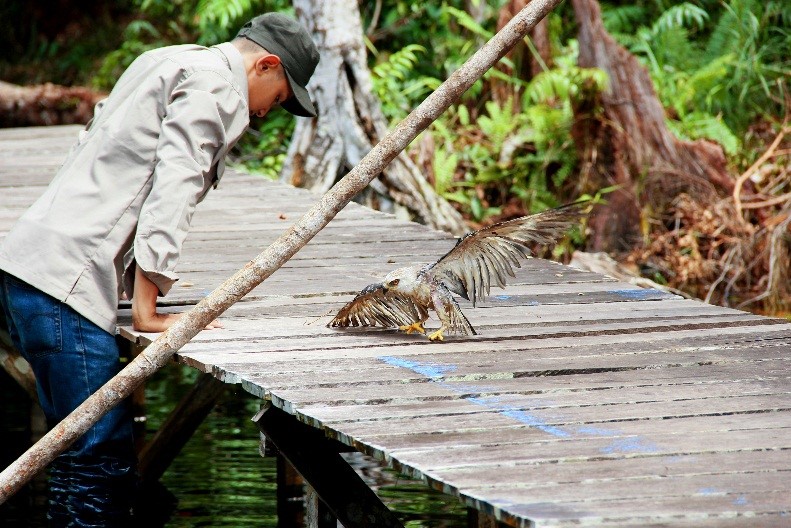
We decided to put the kite in an empty orangutan enclosure and let the camp staff take care of it until its healthy and strong enough and can fly. Hopefully the kite's condition will improve quickly so it can be released and be wild again. We will keep you updated.
Thank you,
Azhari
Orangutan Foundation


 6,000 wild Bornean orangutans live in the Belantikan region. The largest population outside of a protected area. Orangutan Foundation actively engages key stakeholders to conserve this critical tropical forest ecosystem.
6,000 wild Bornean orangutans live in the Belantikan region. The largest population outside of a protected area. Orangutan Foundation actively engages key stakeholders to conserve this critical tropical forest ecosystem.
